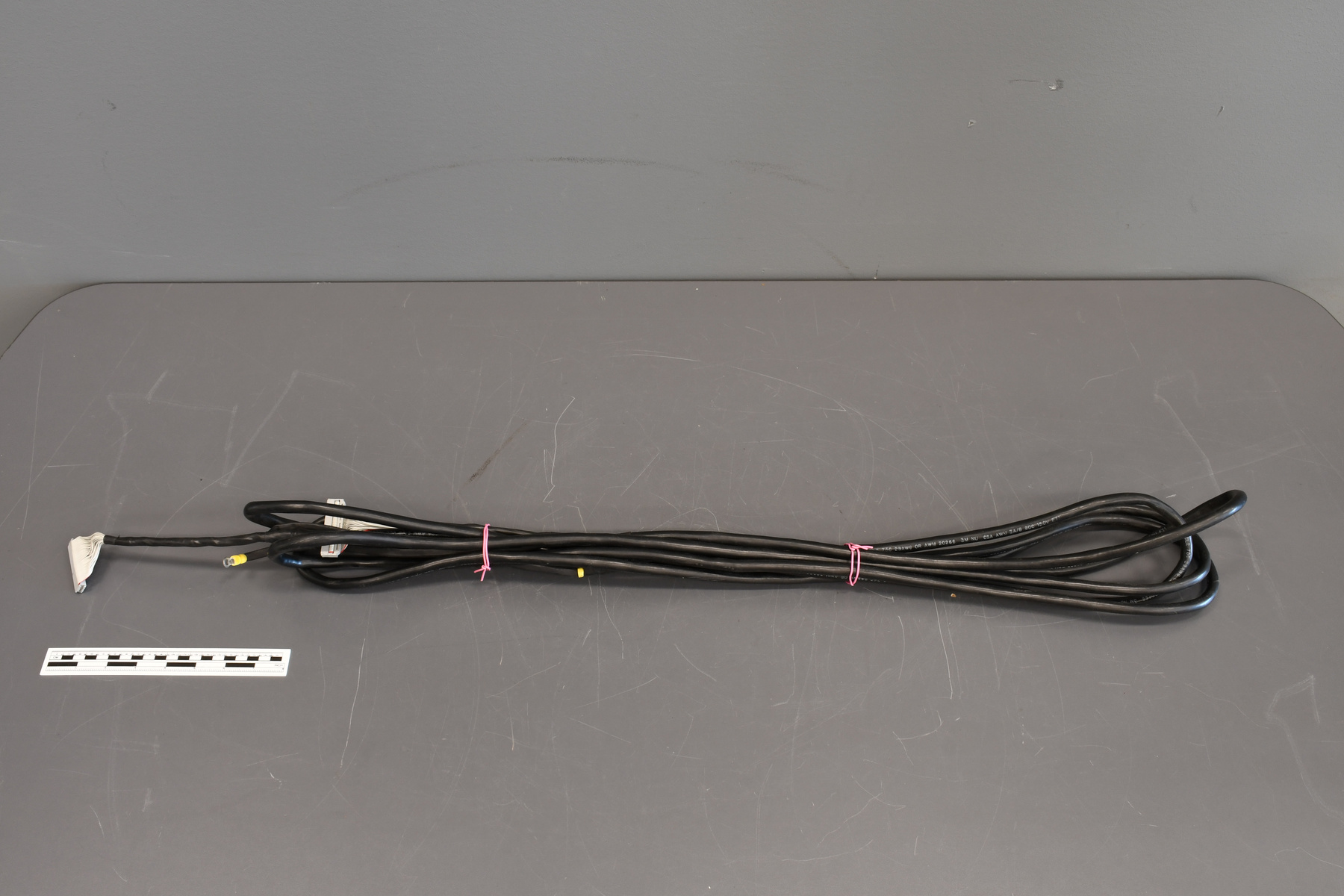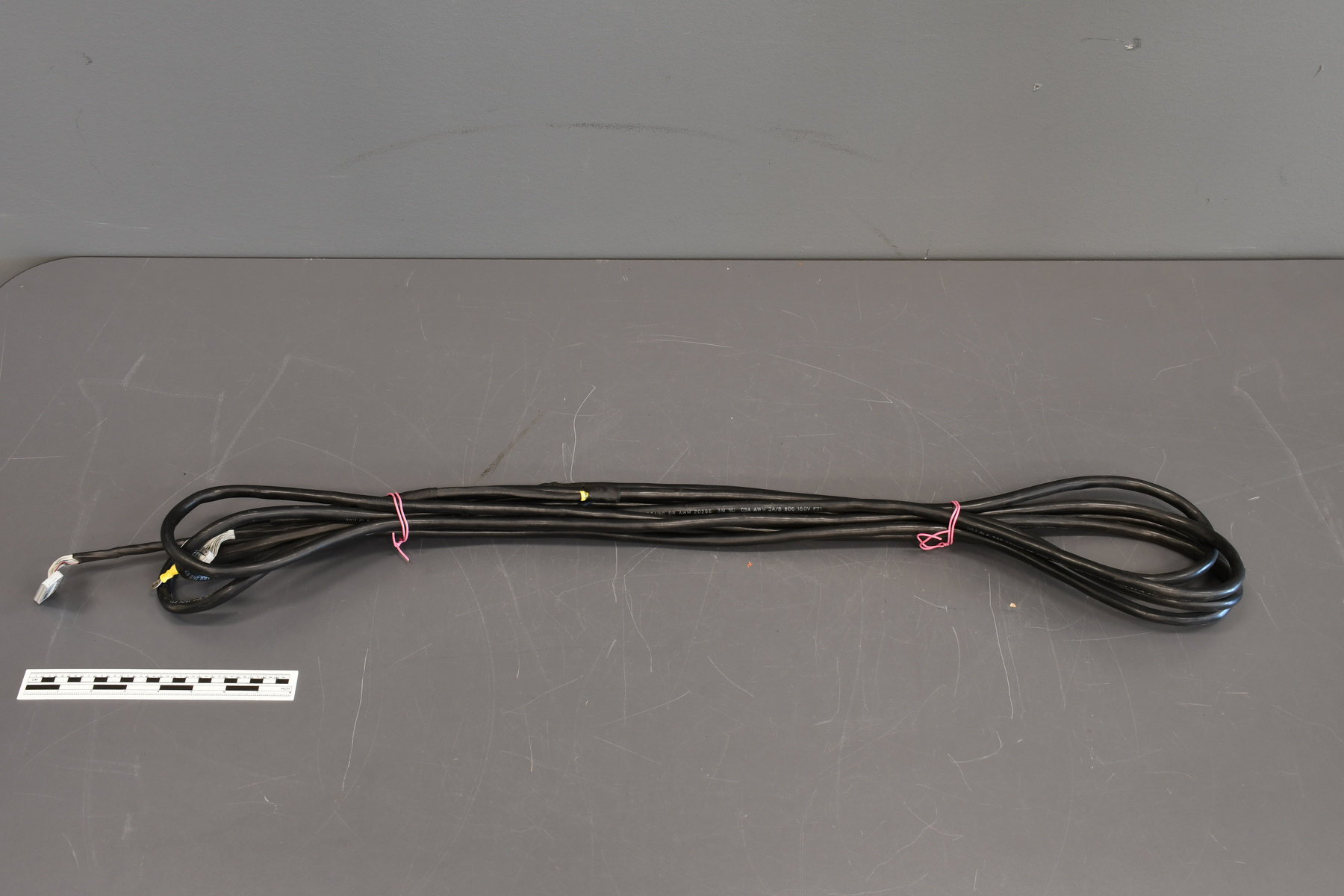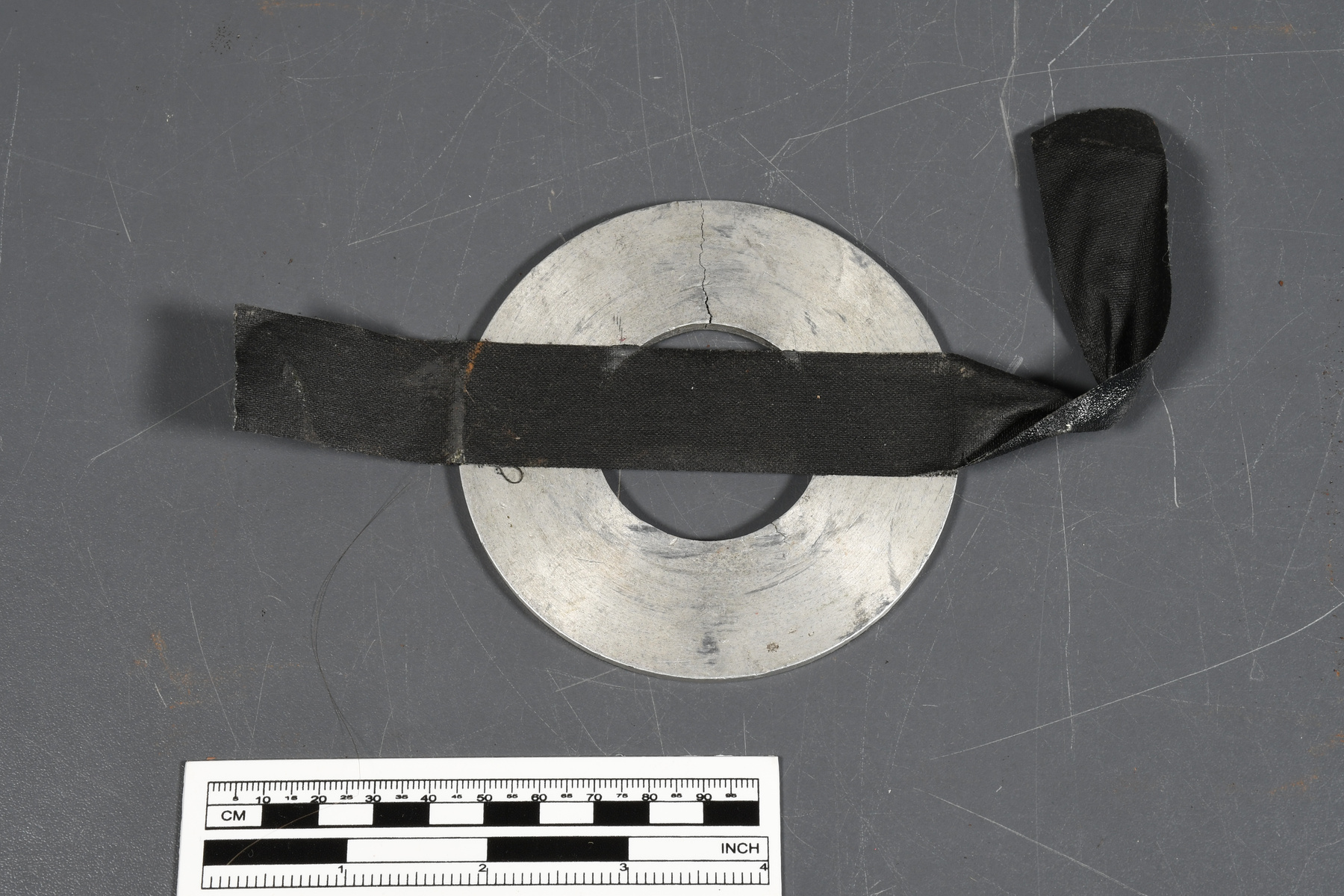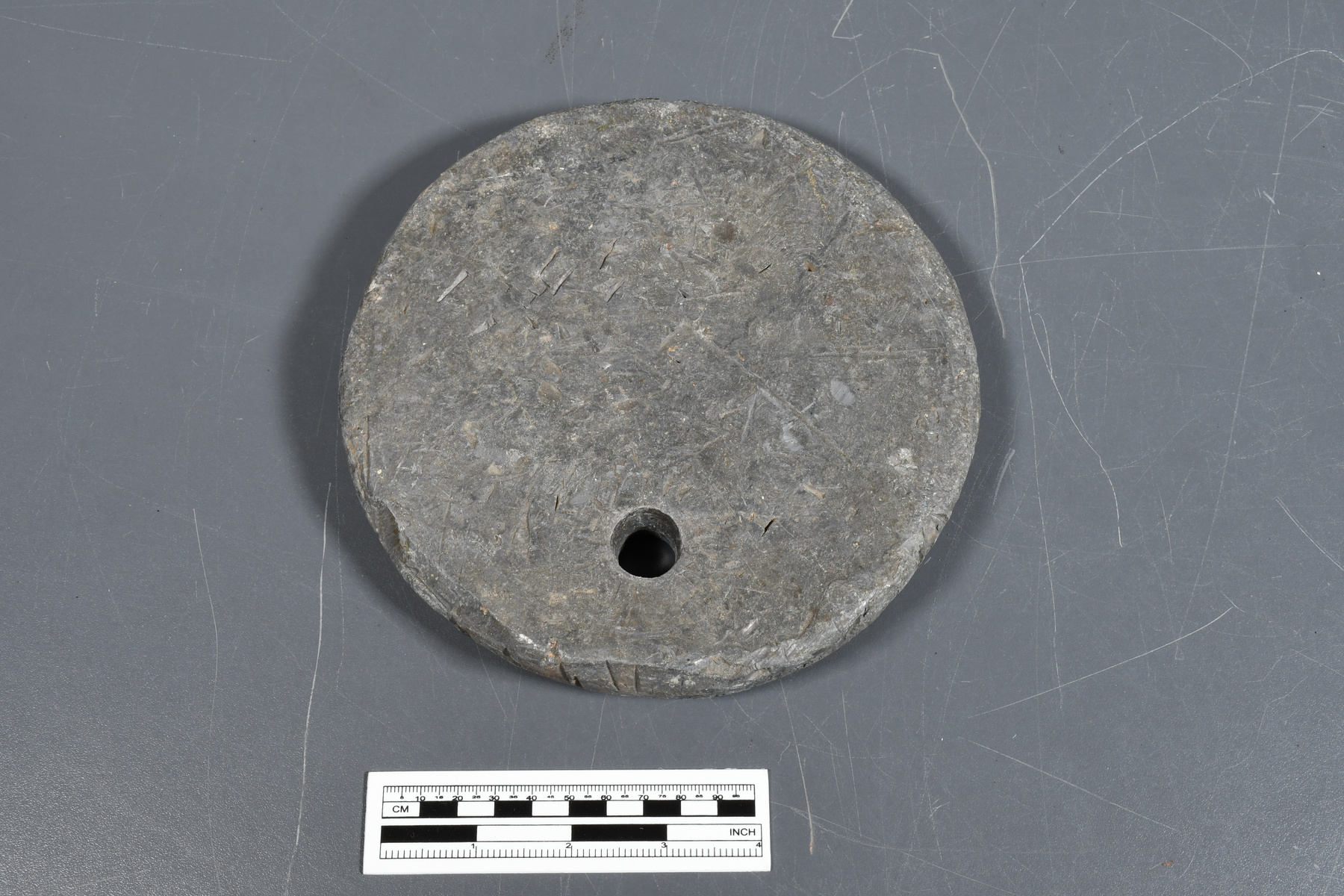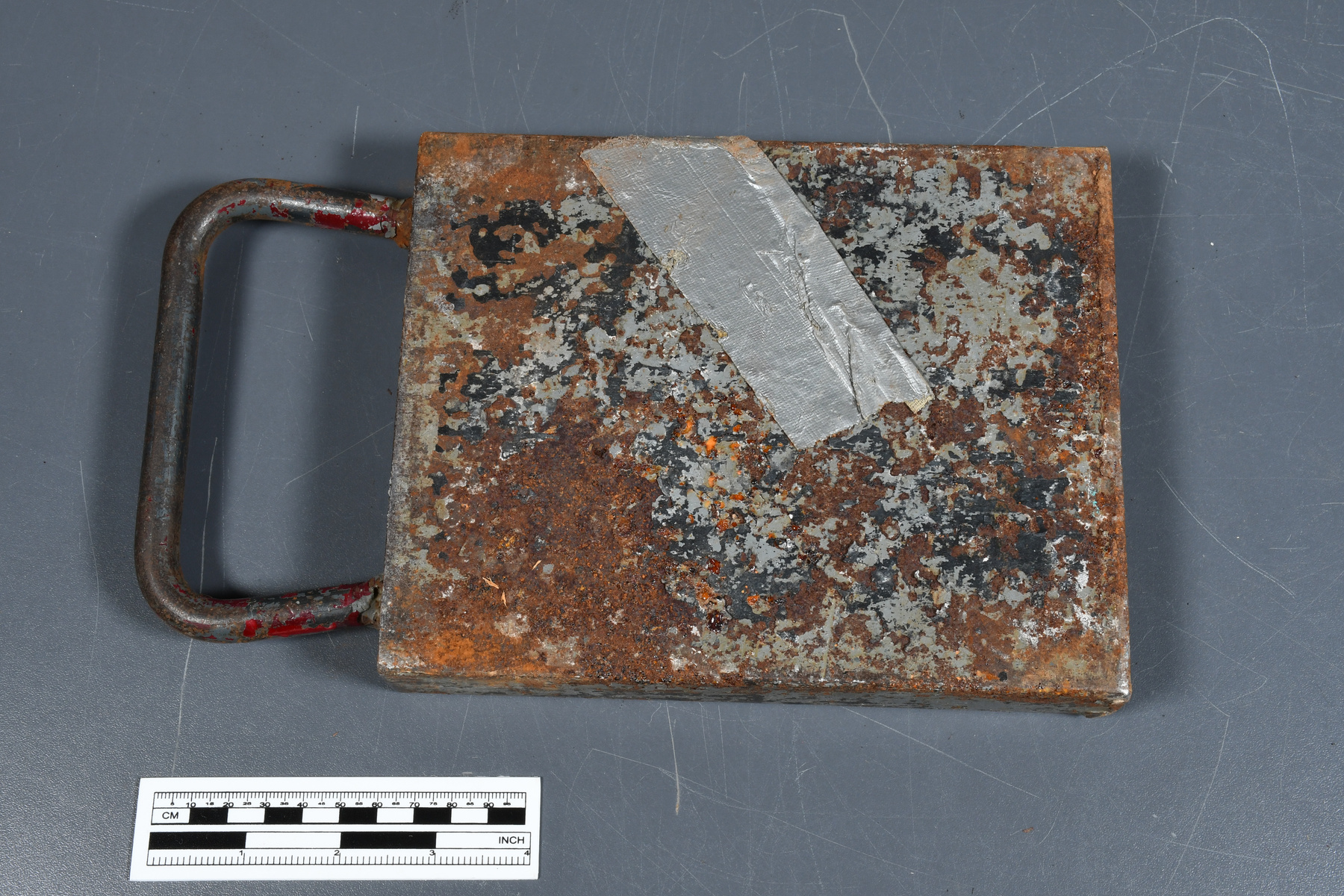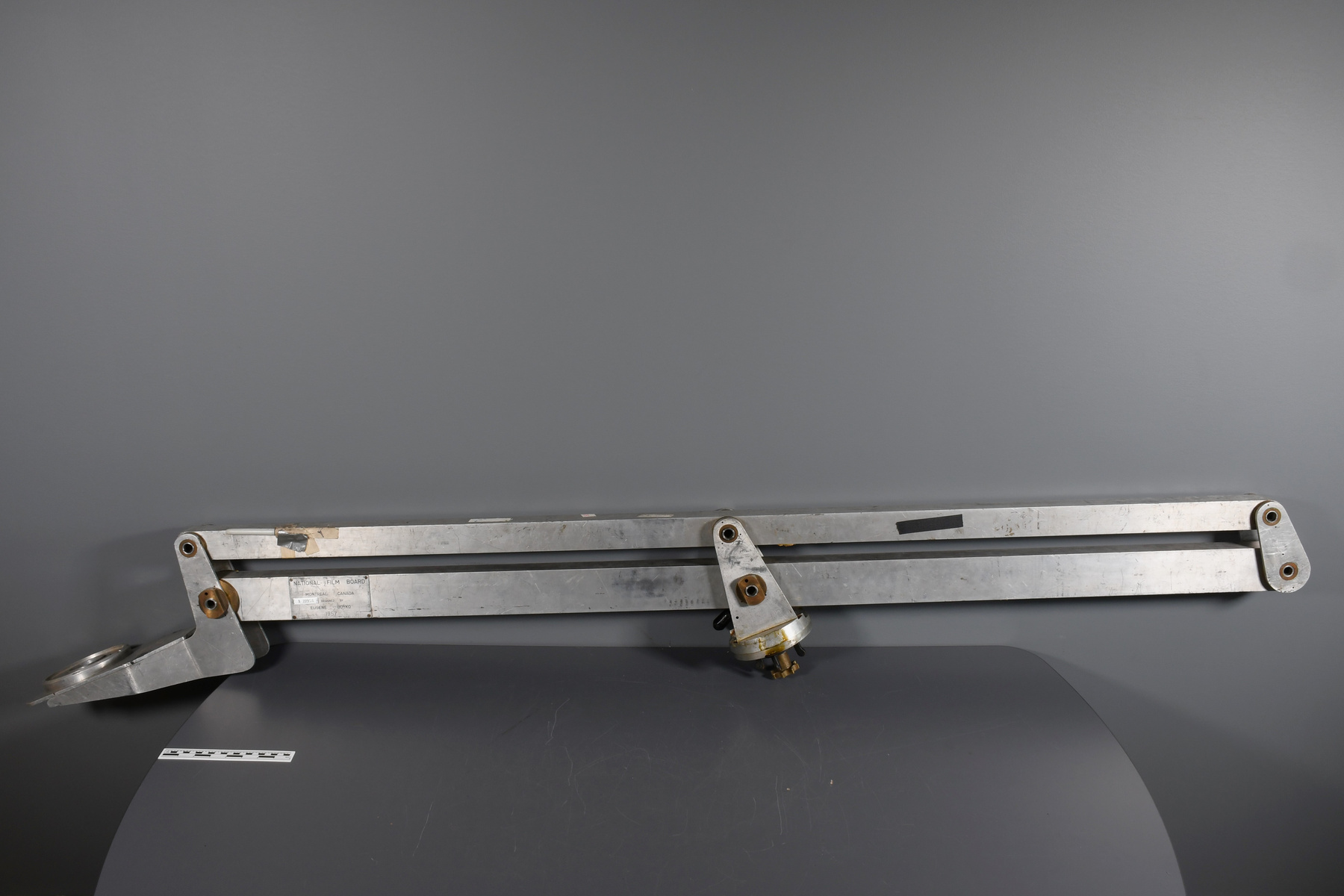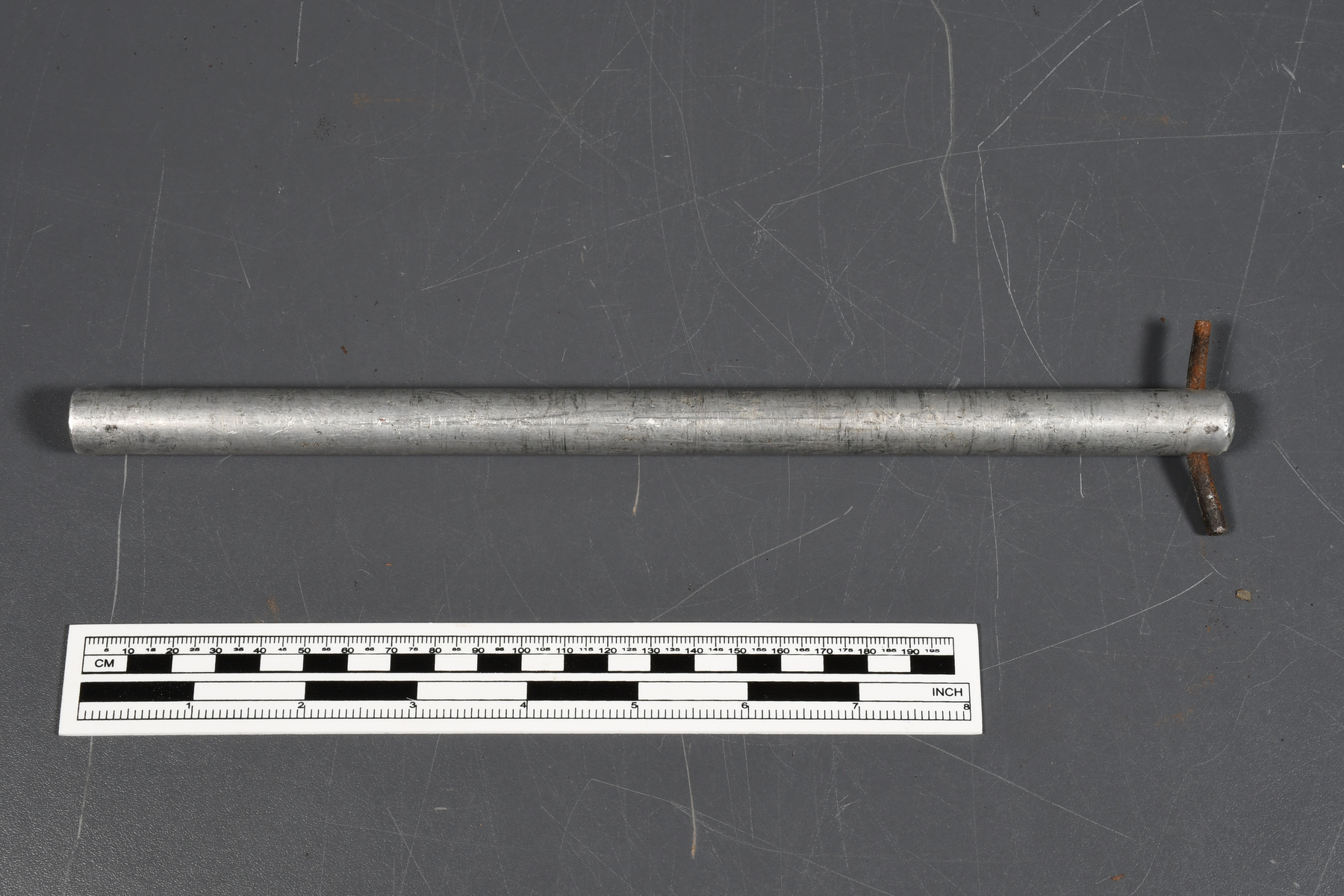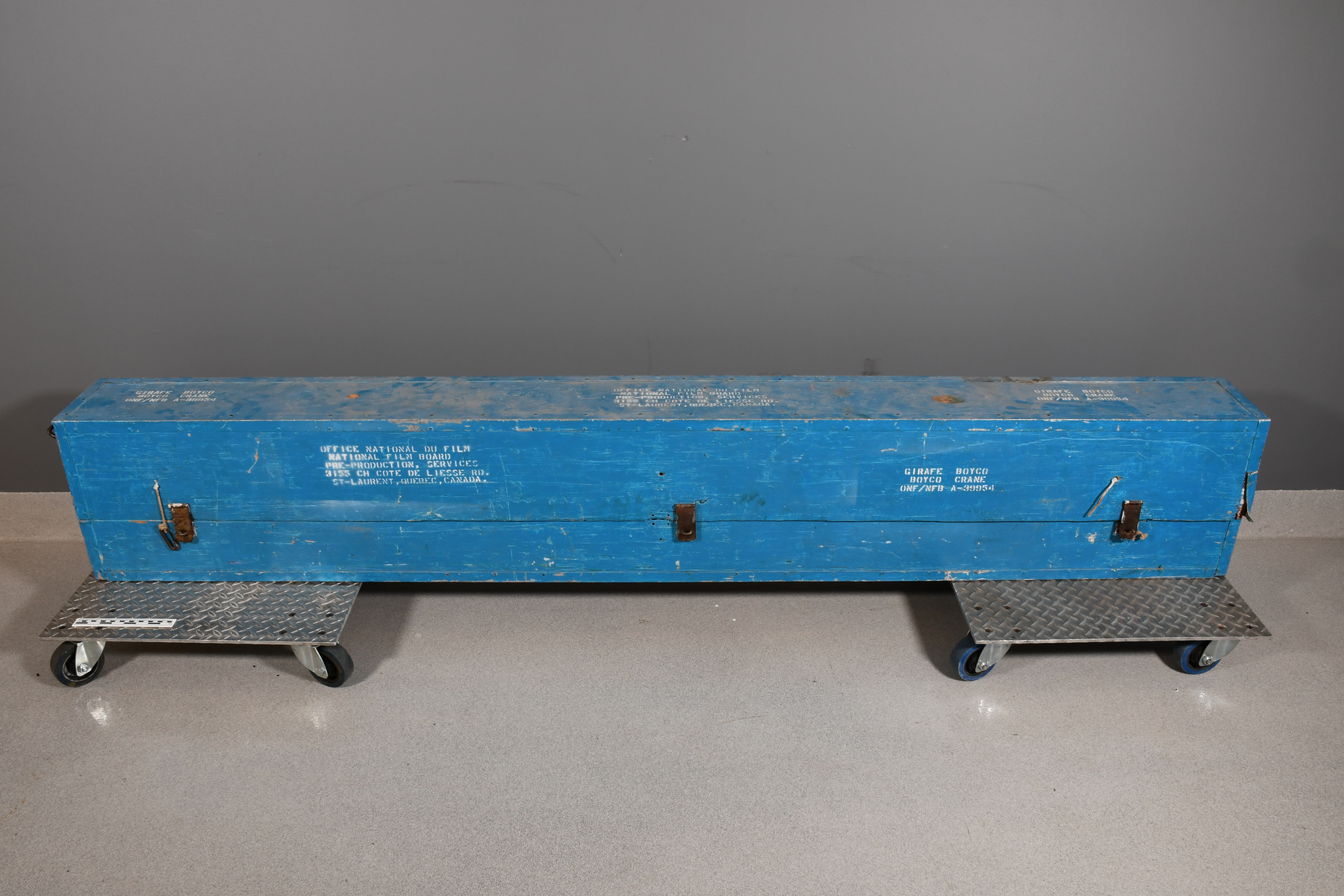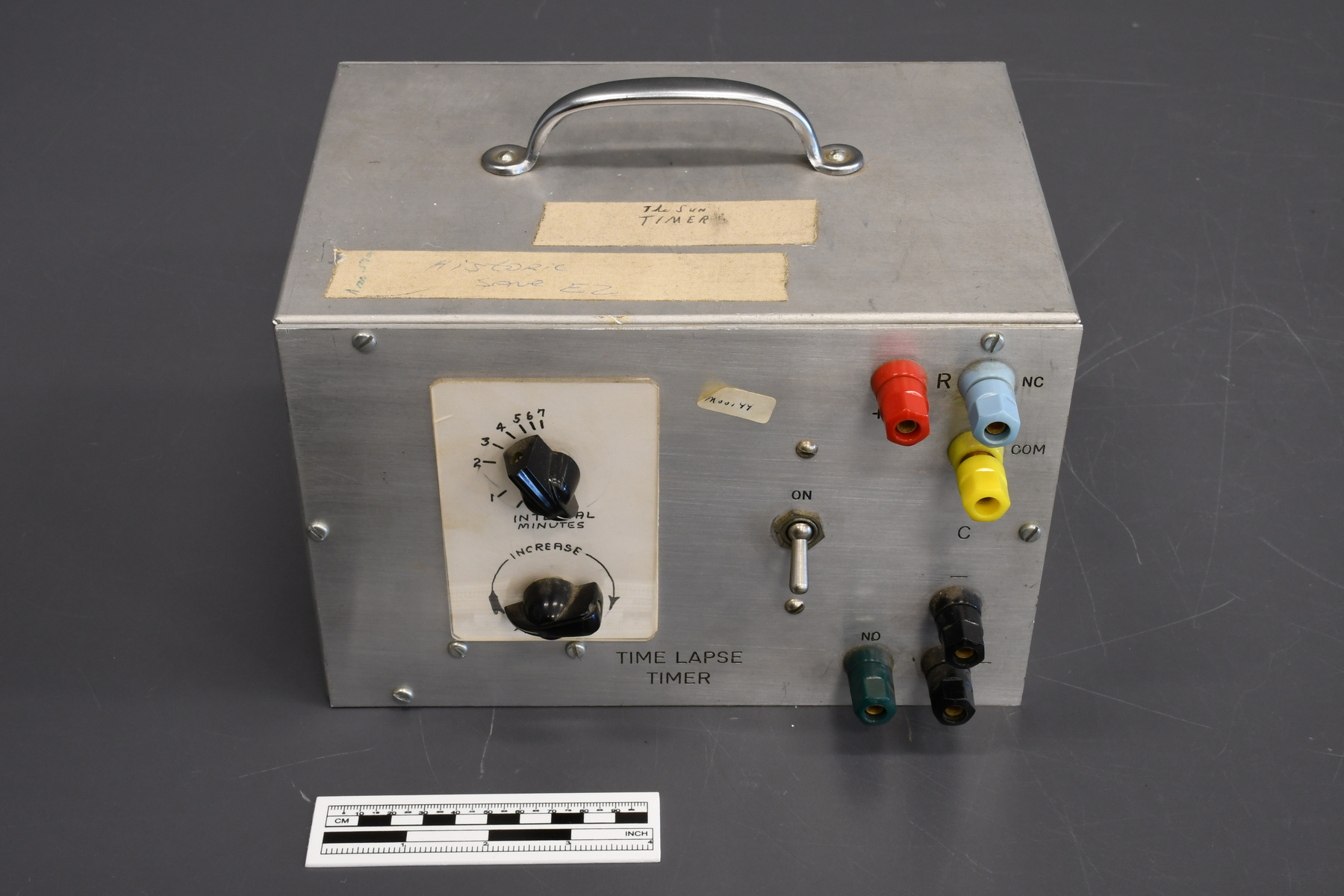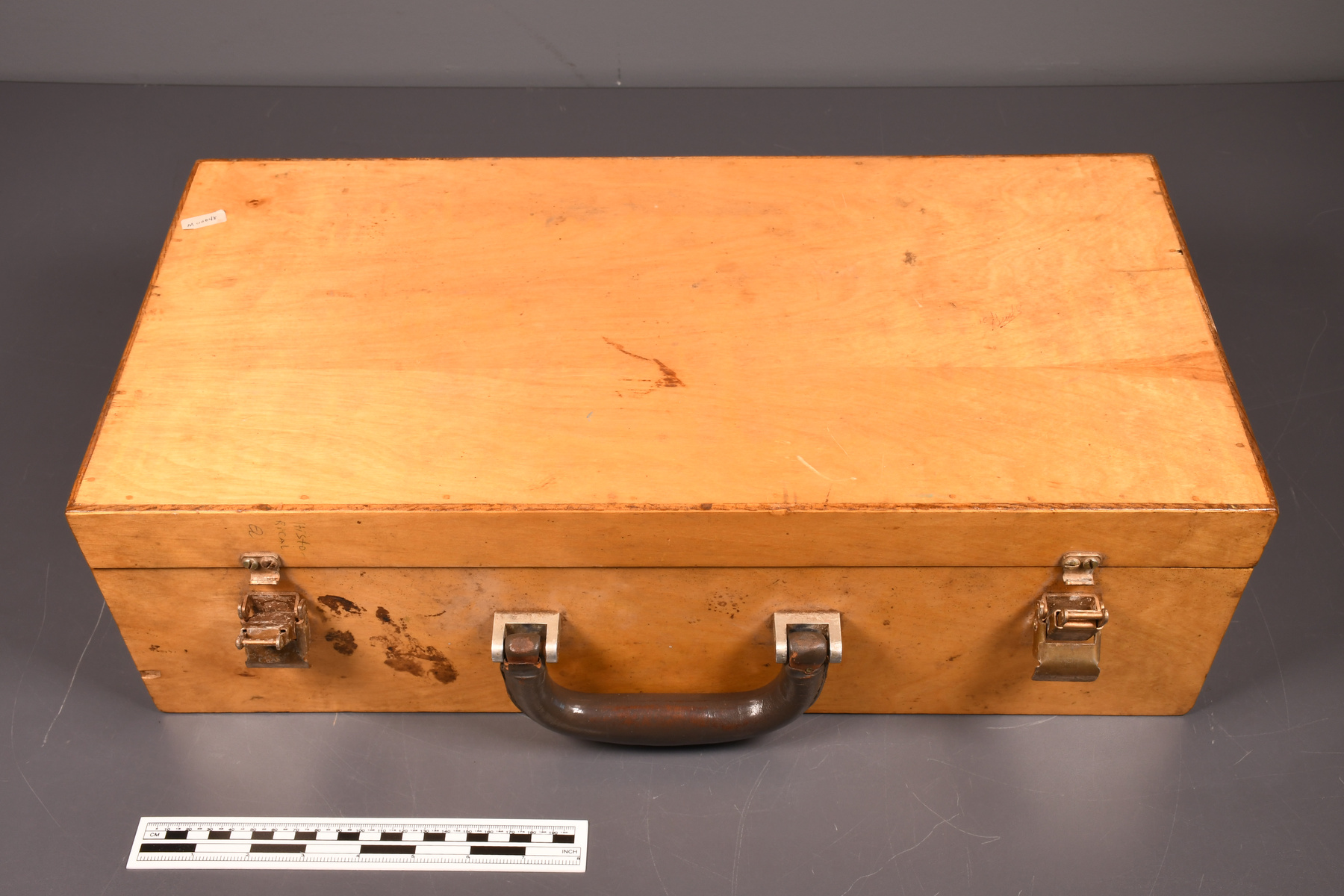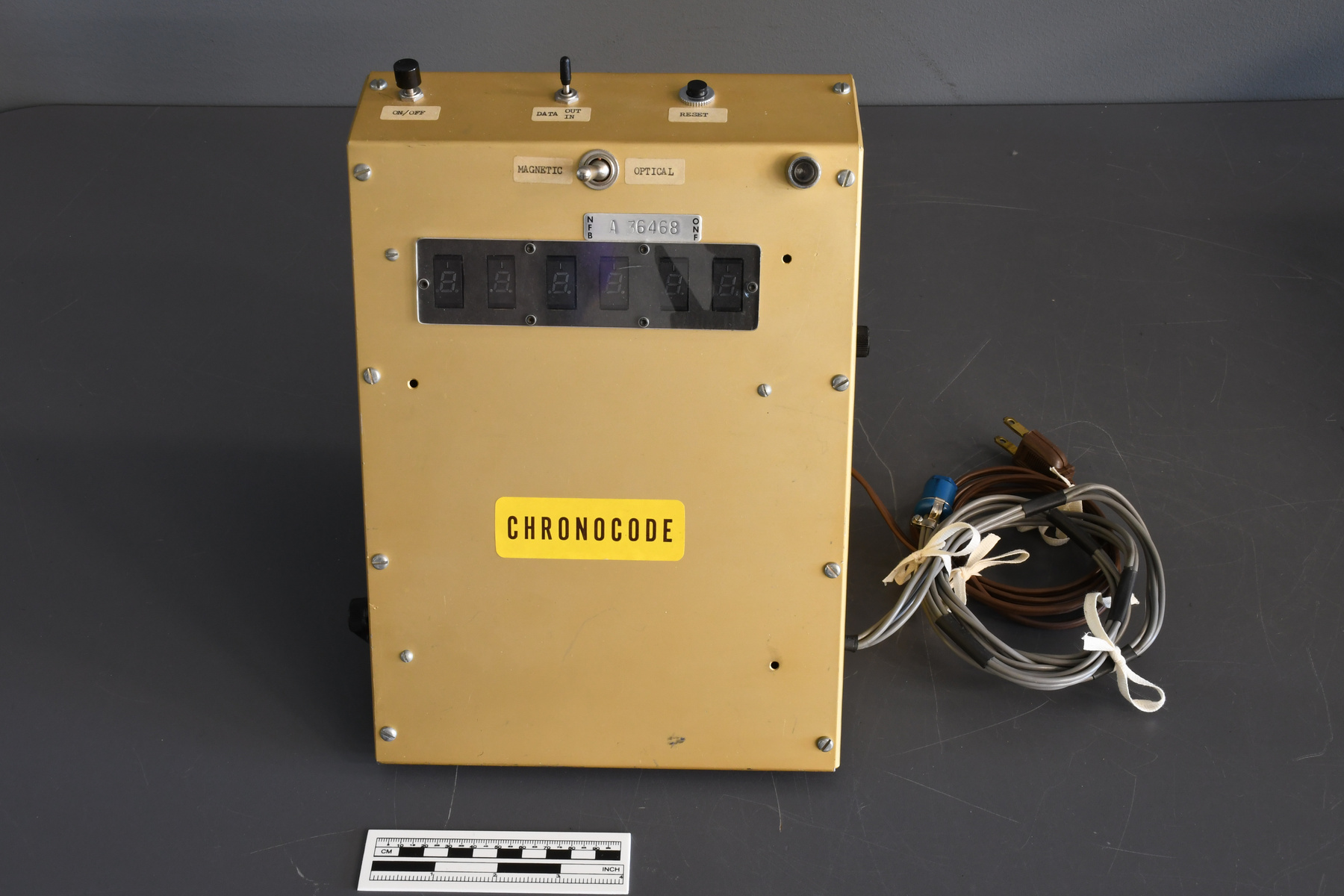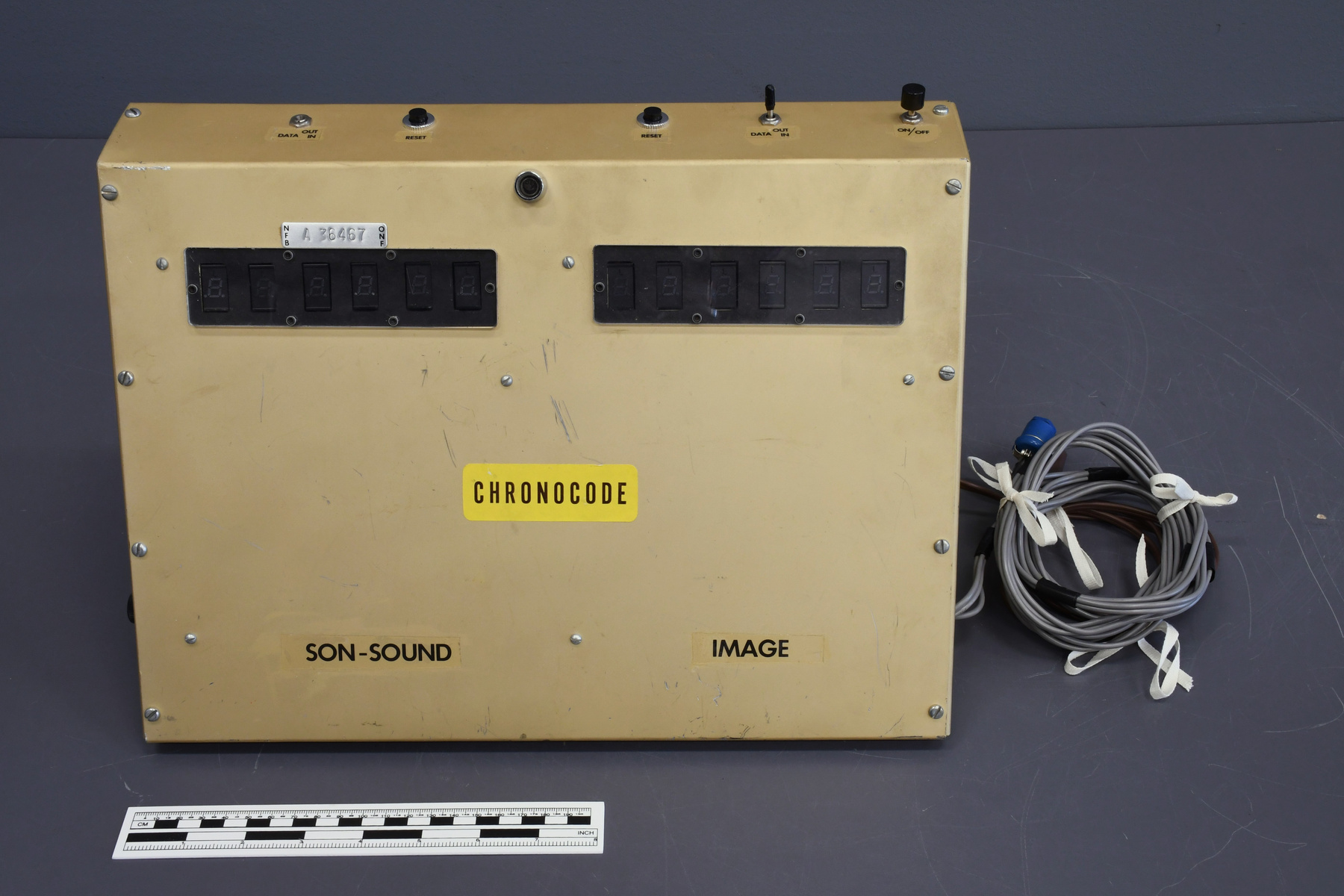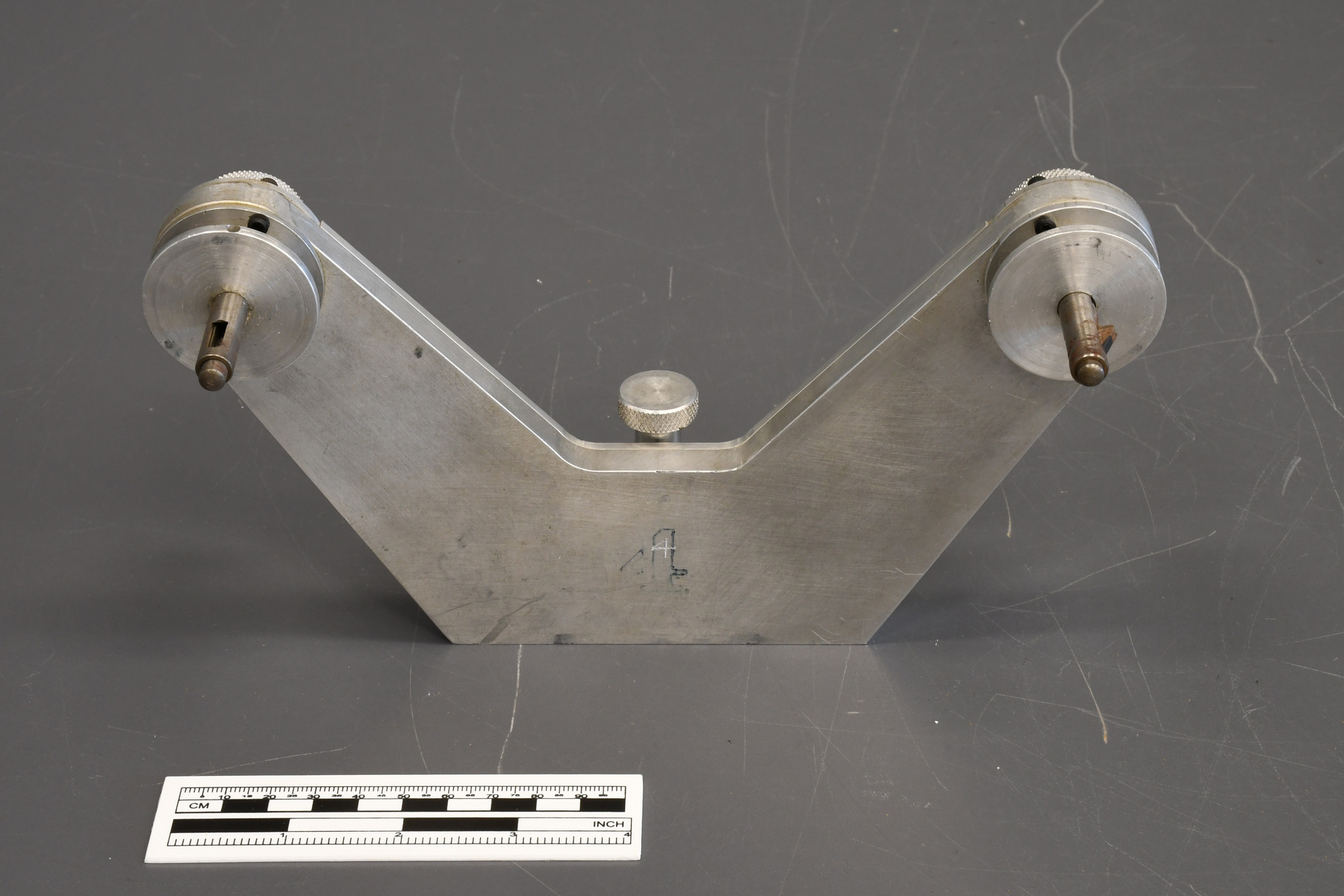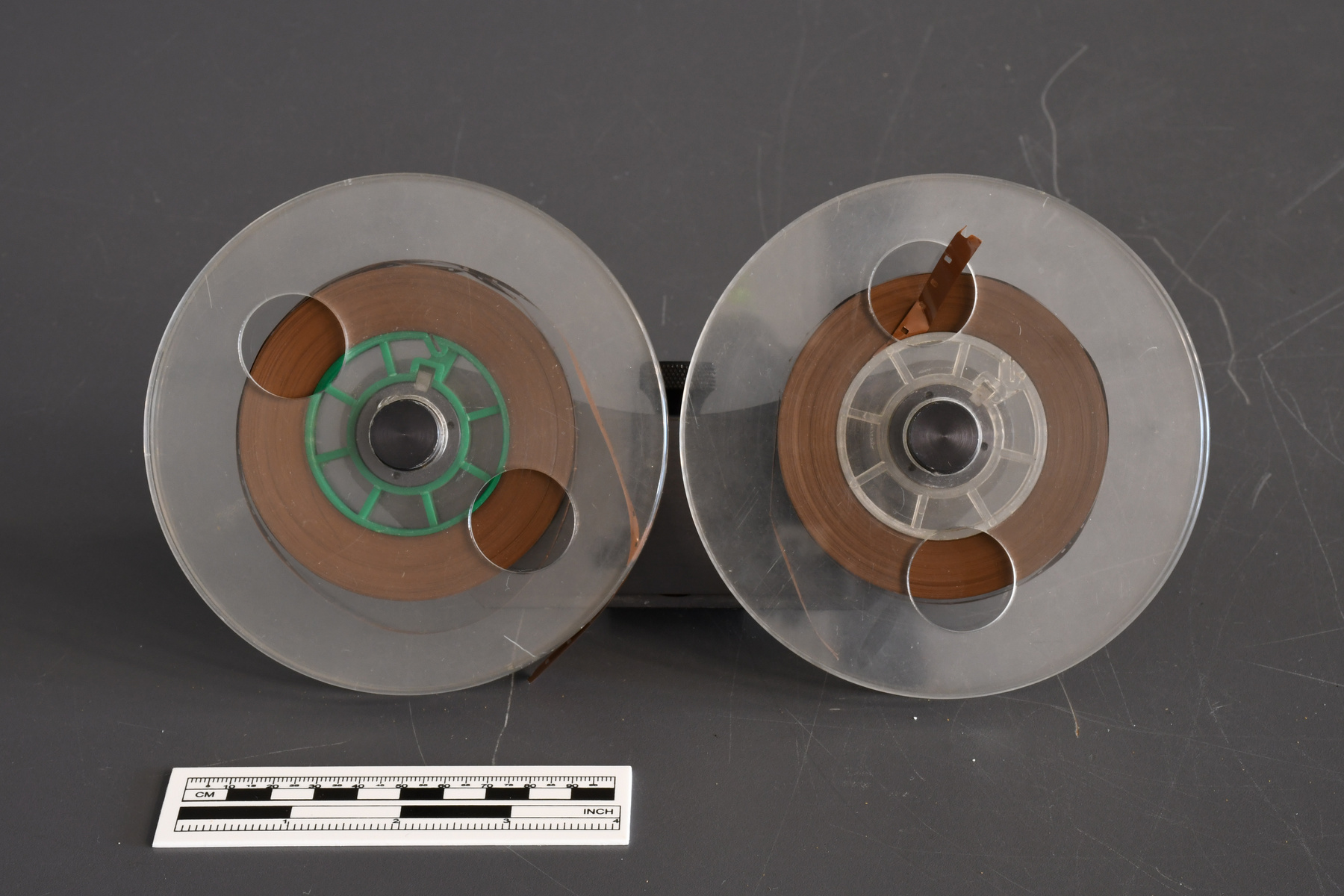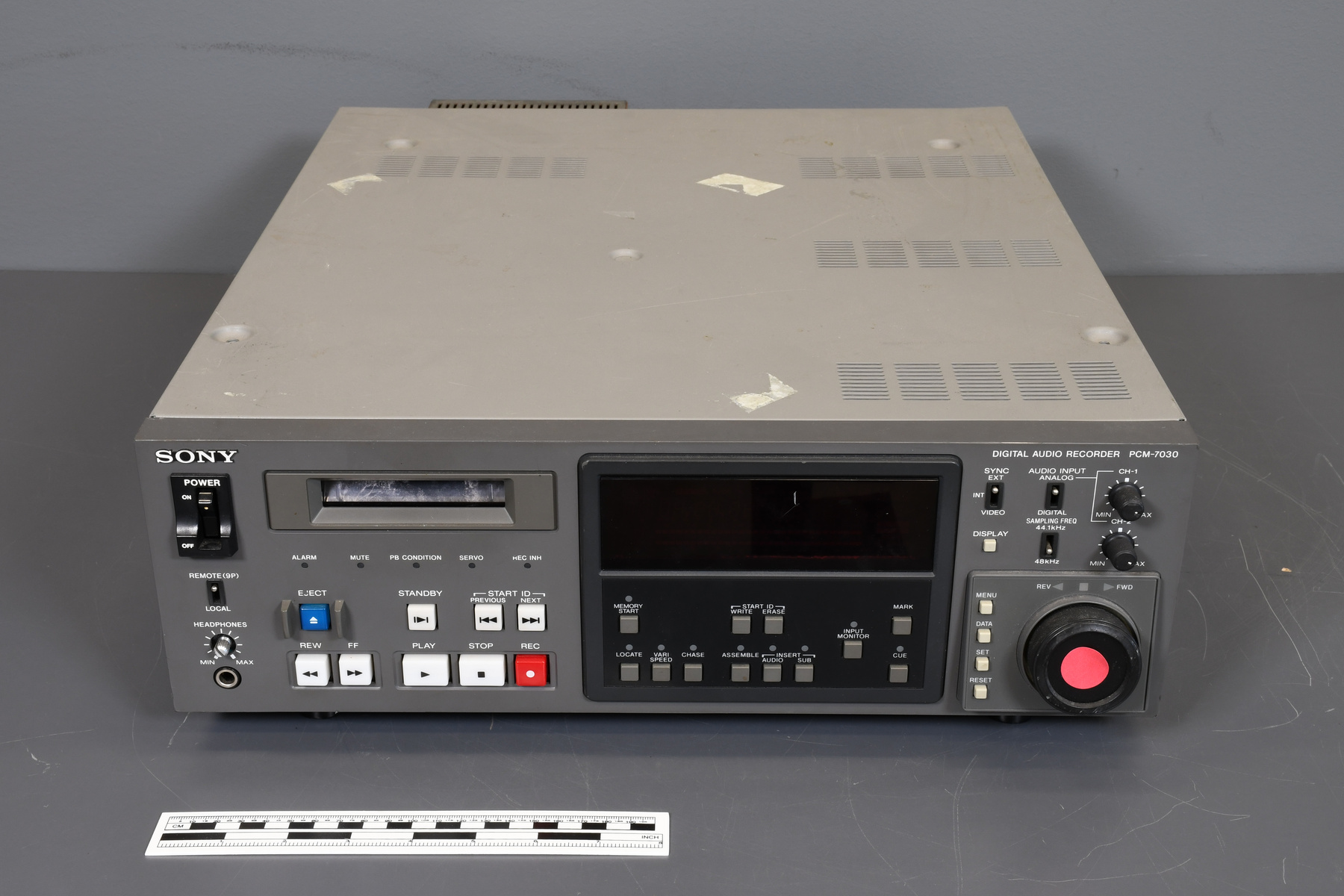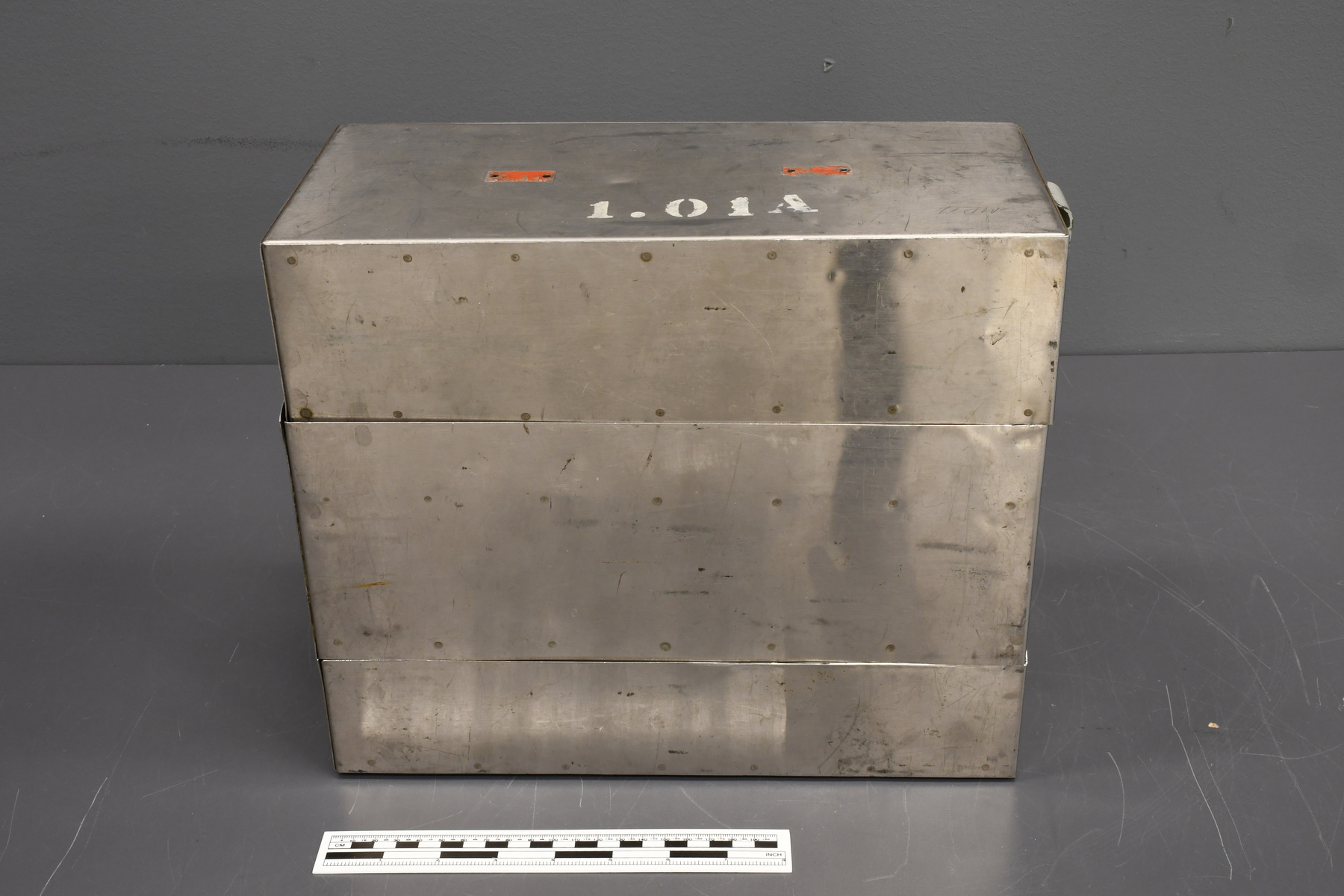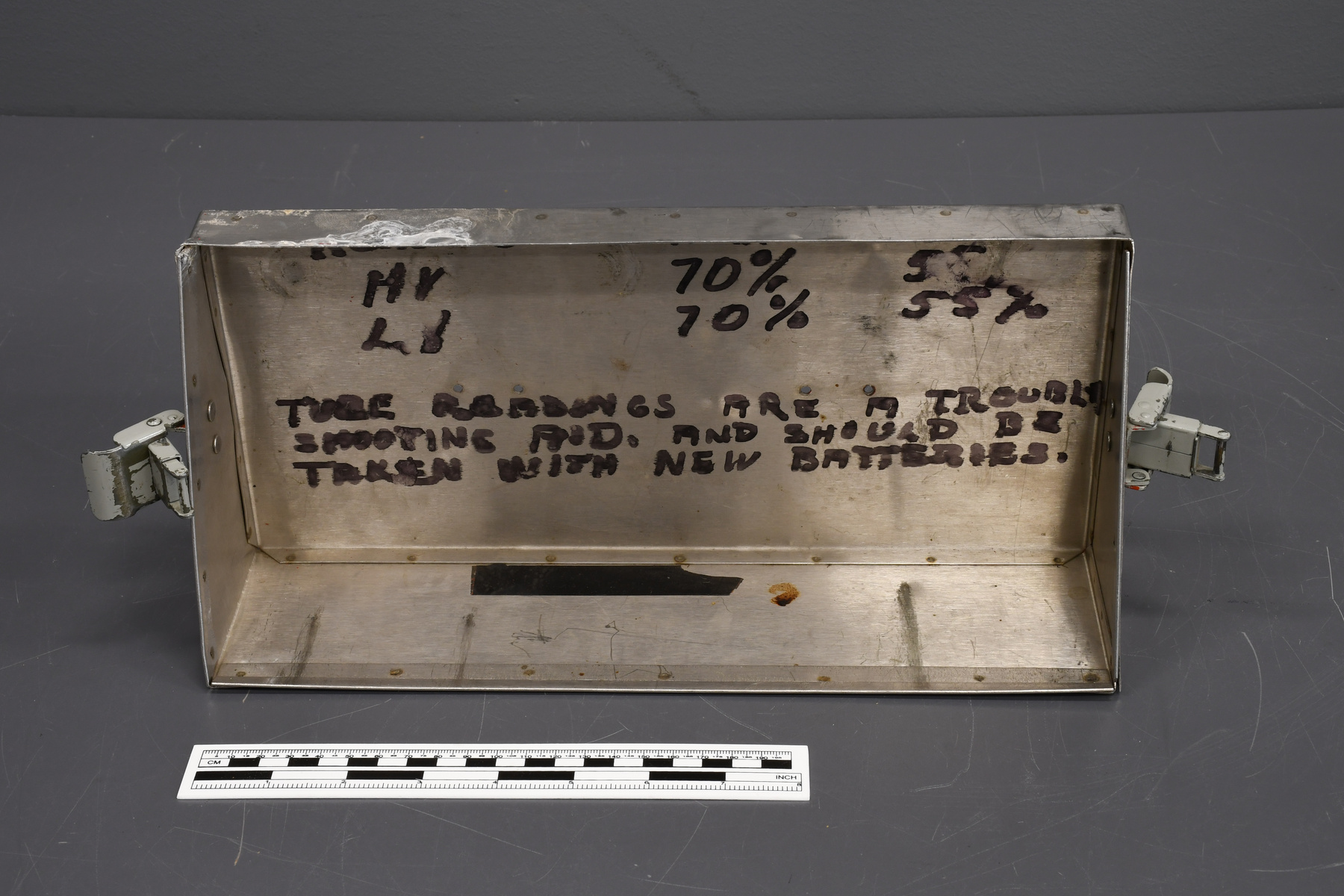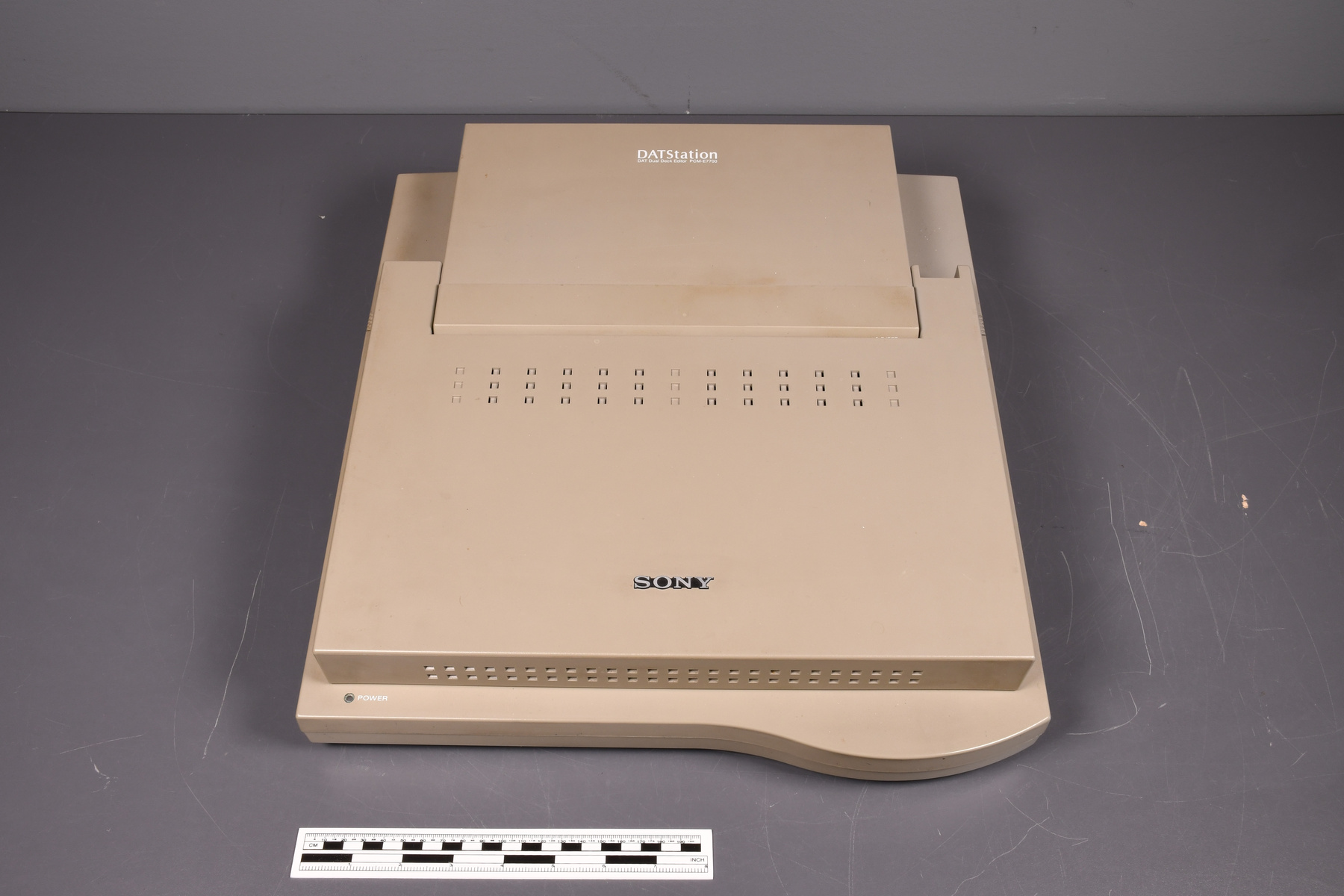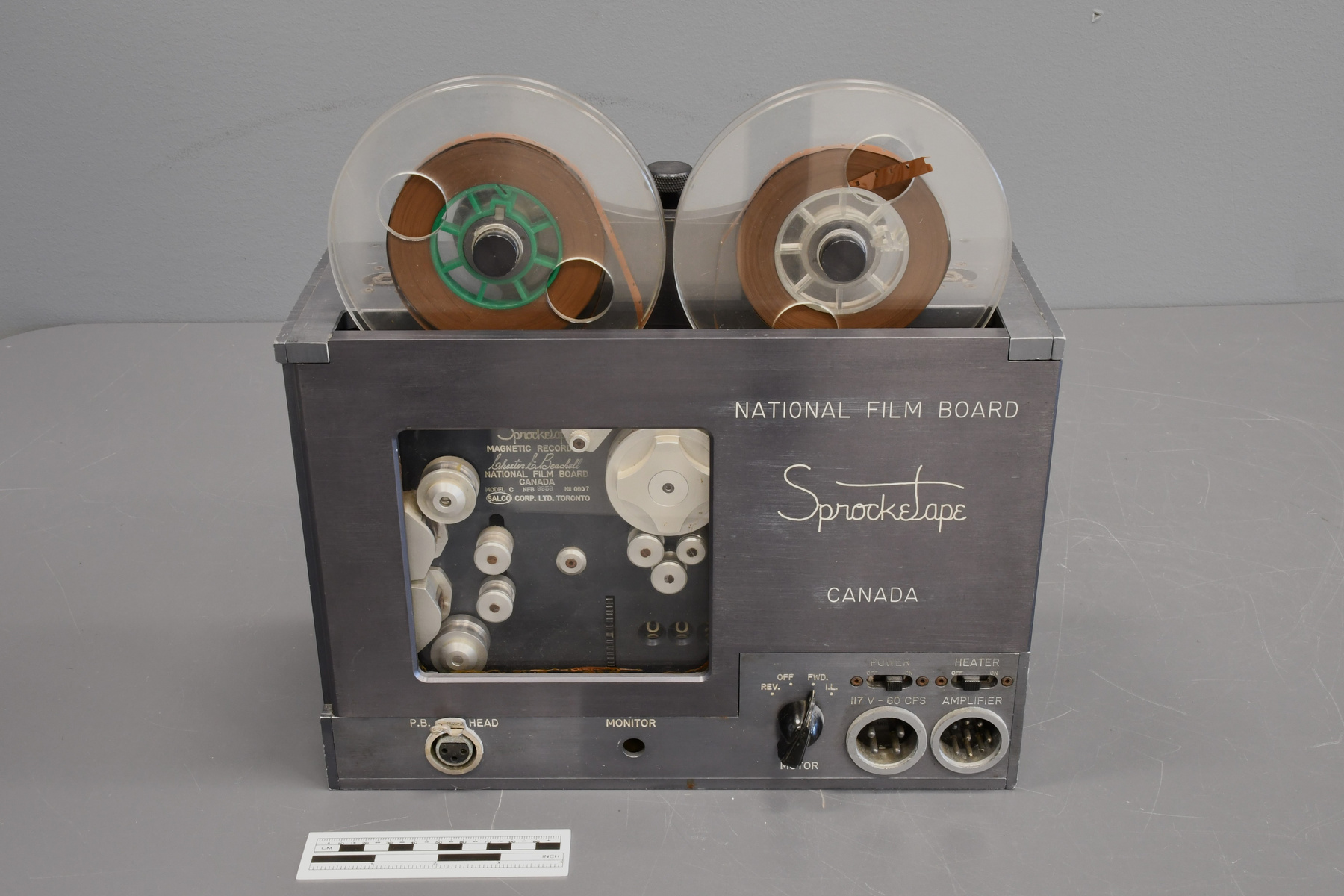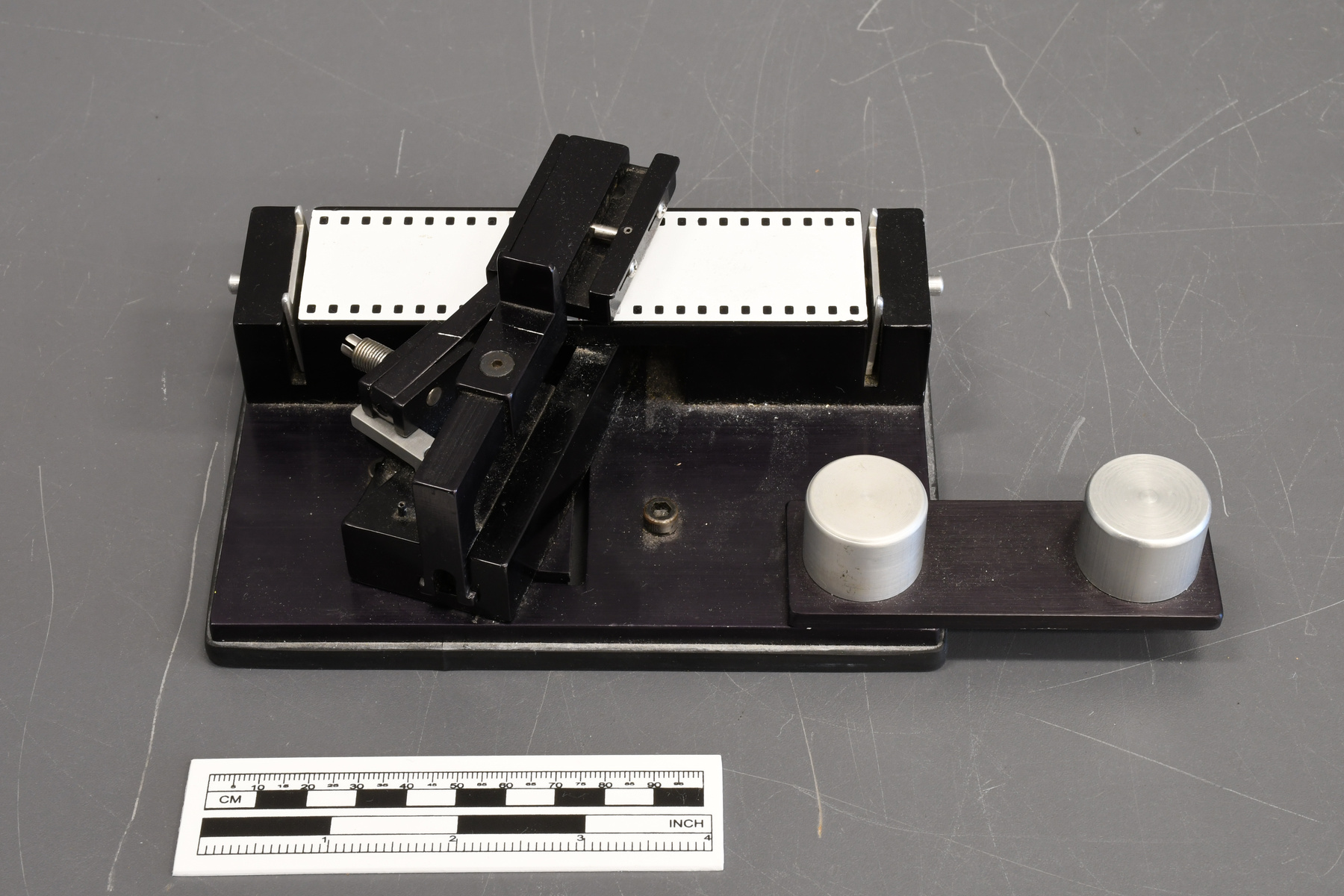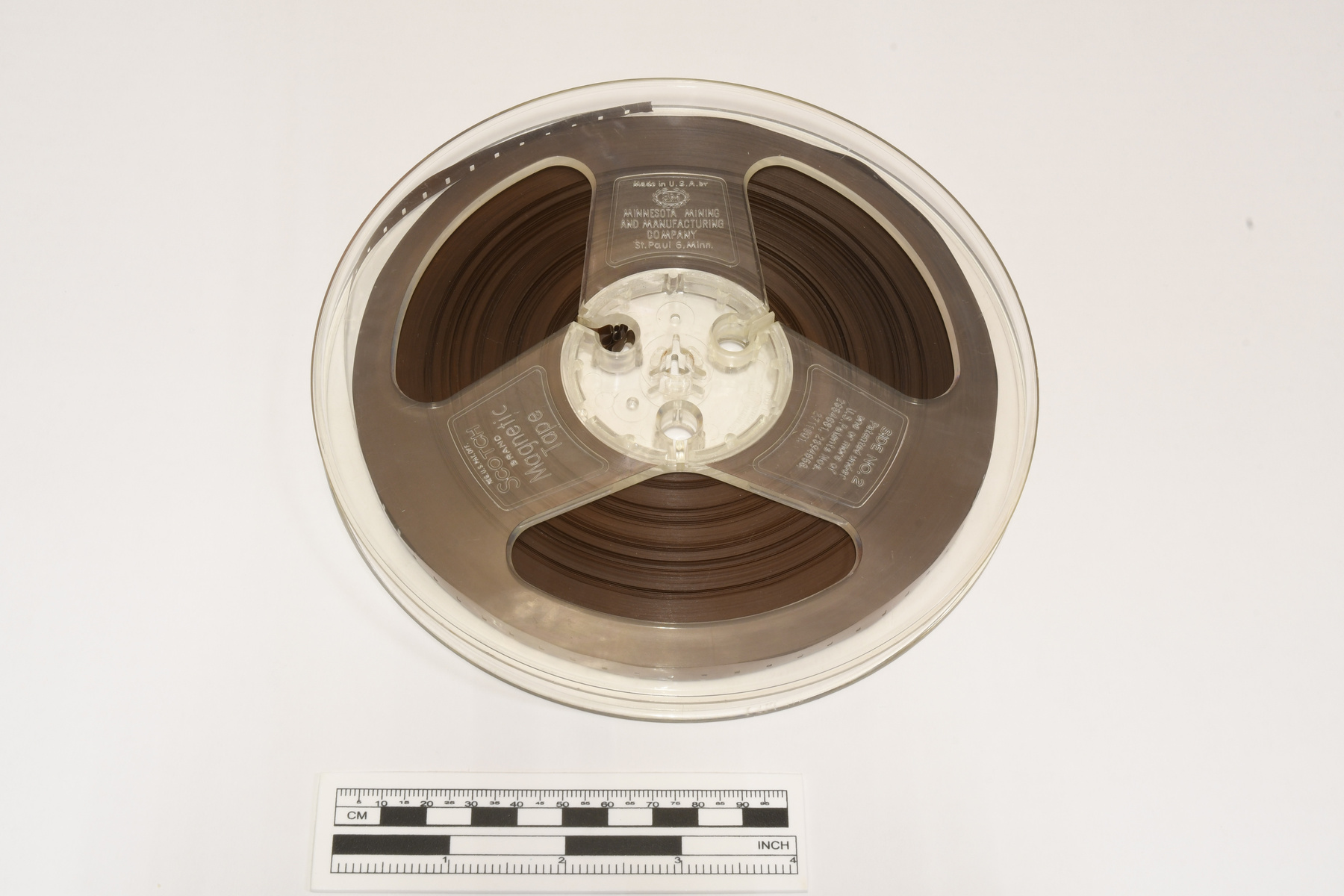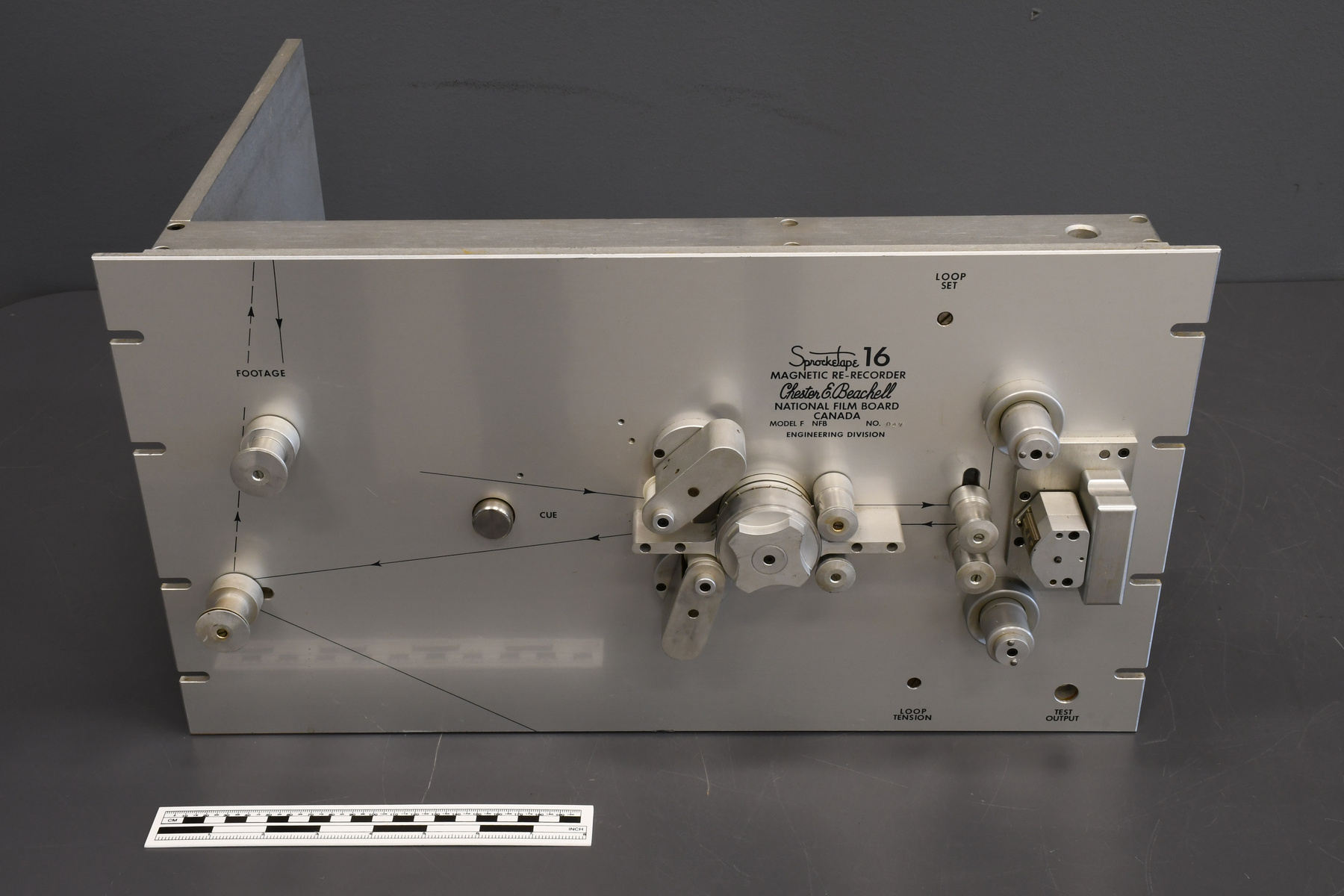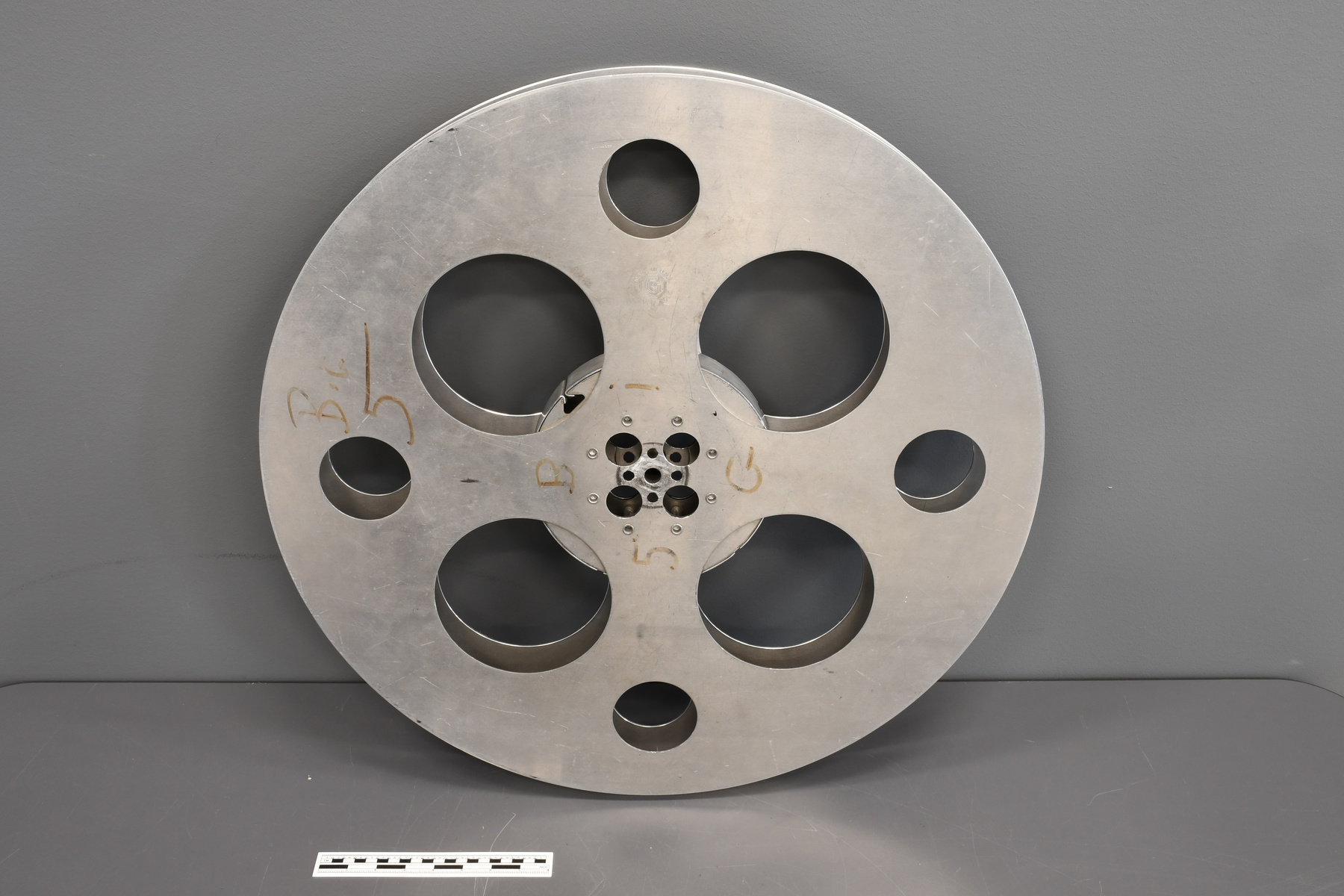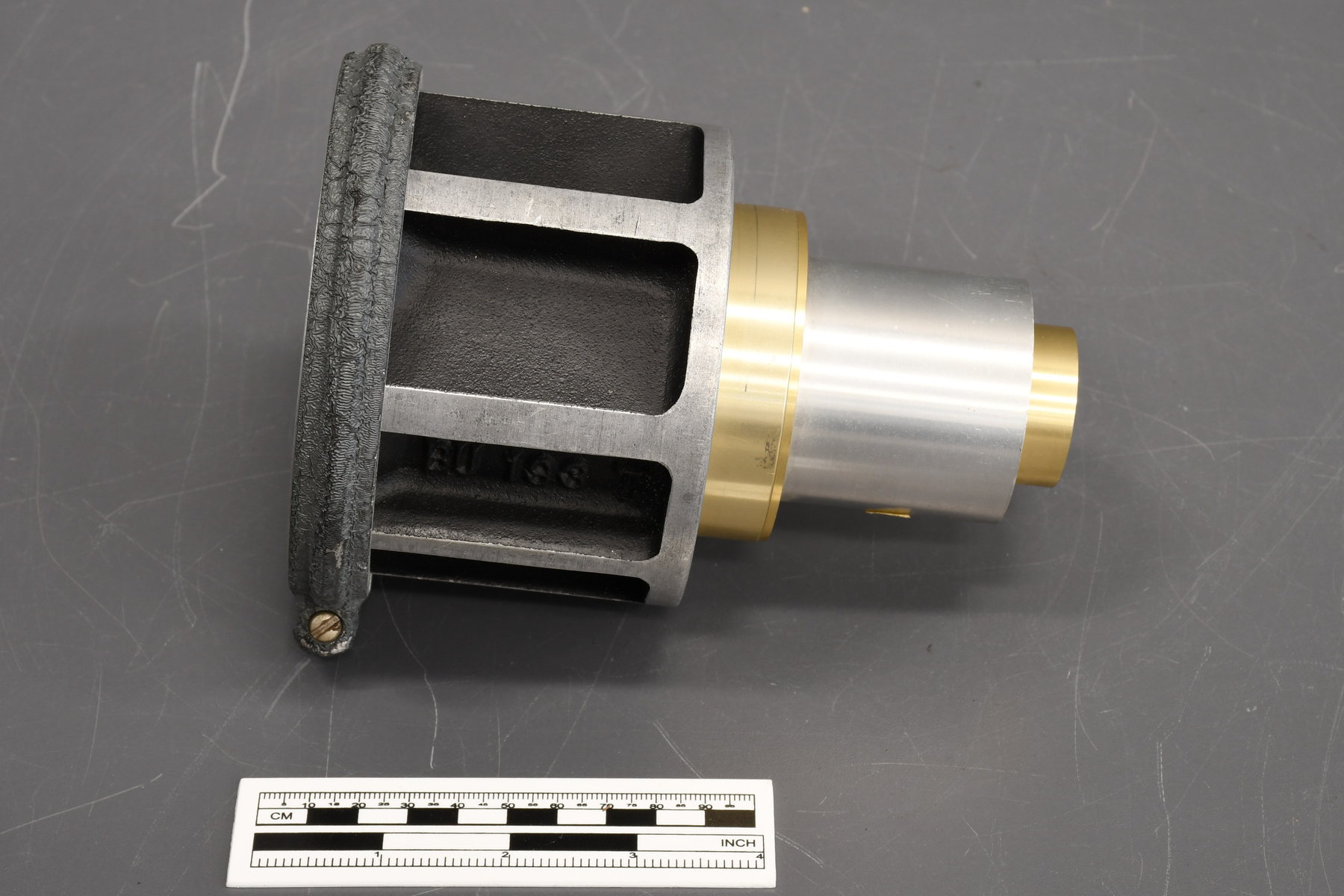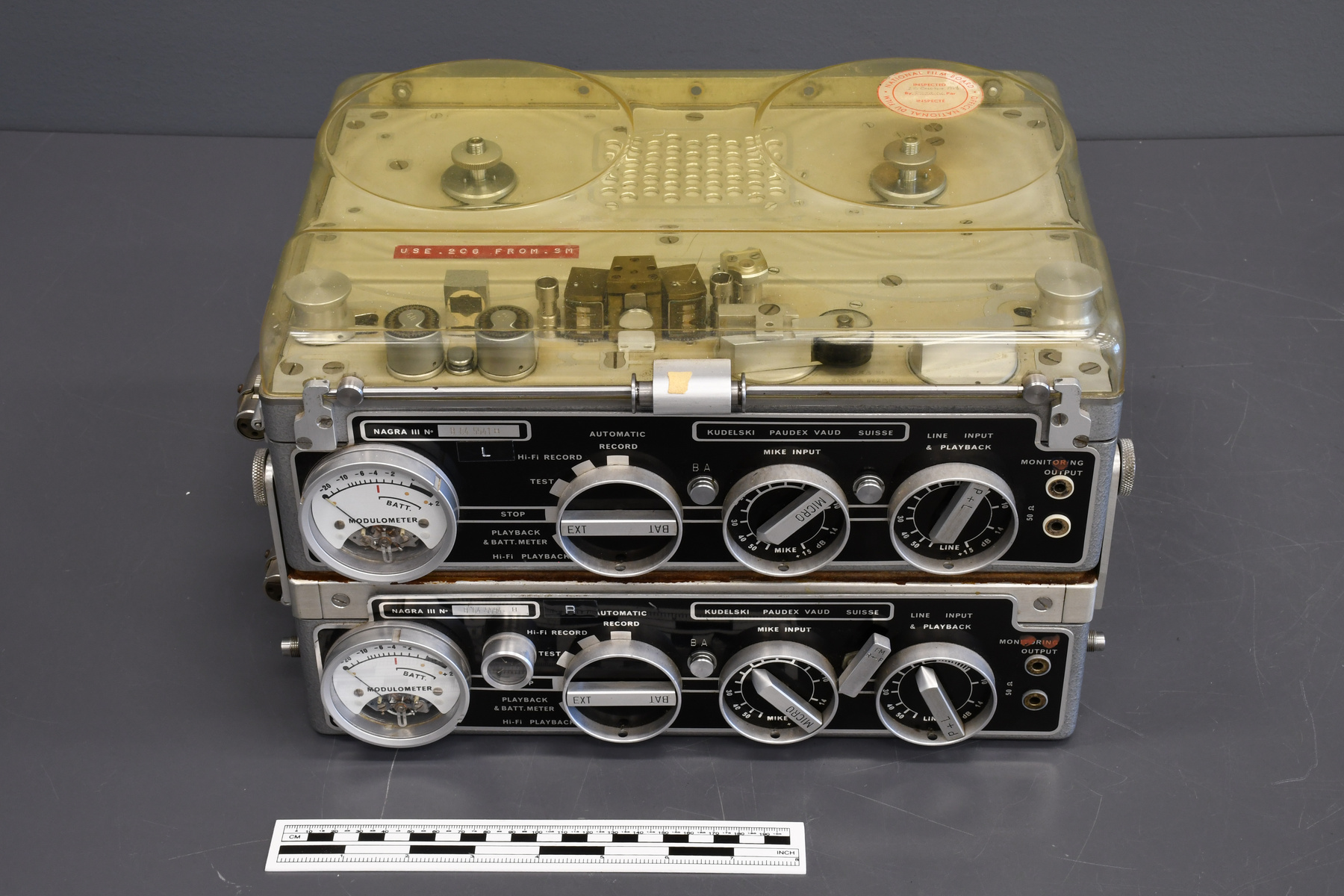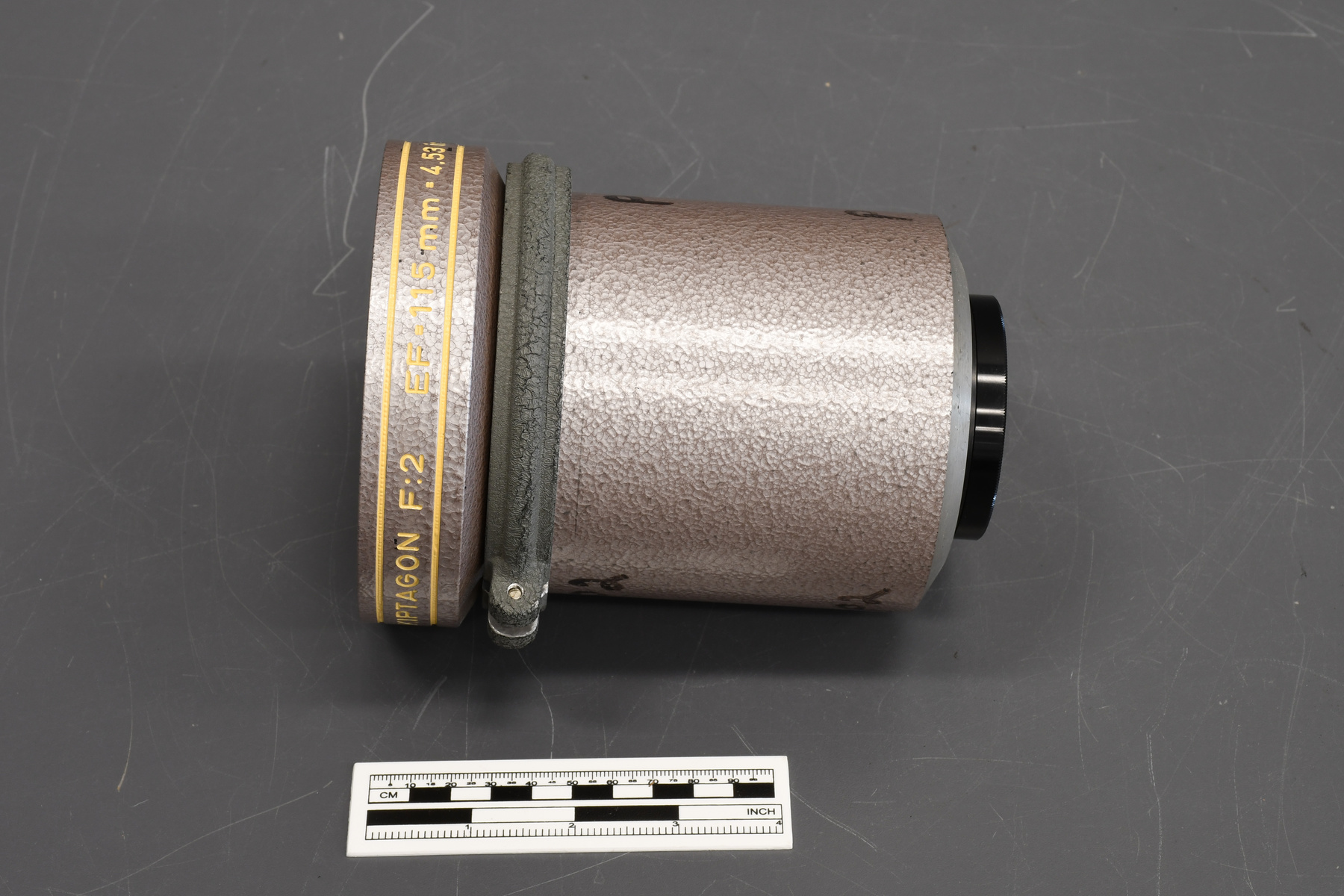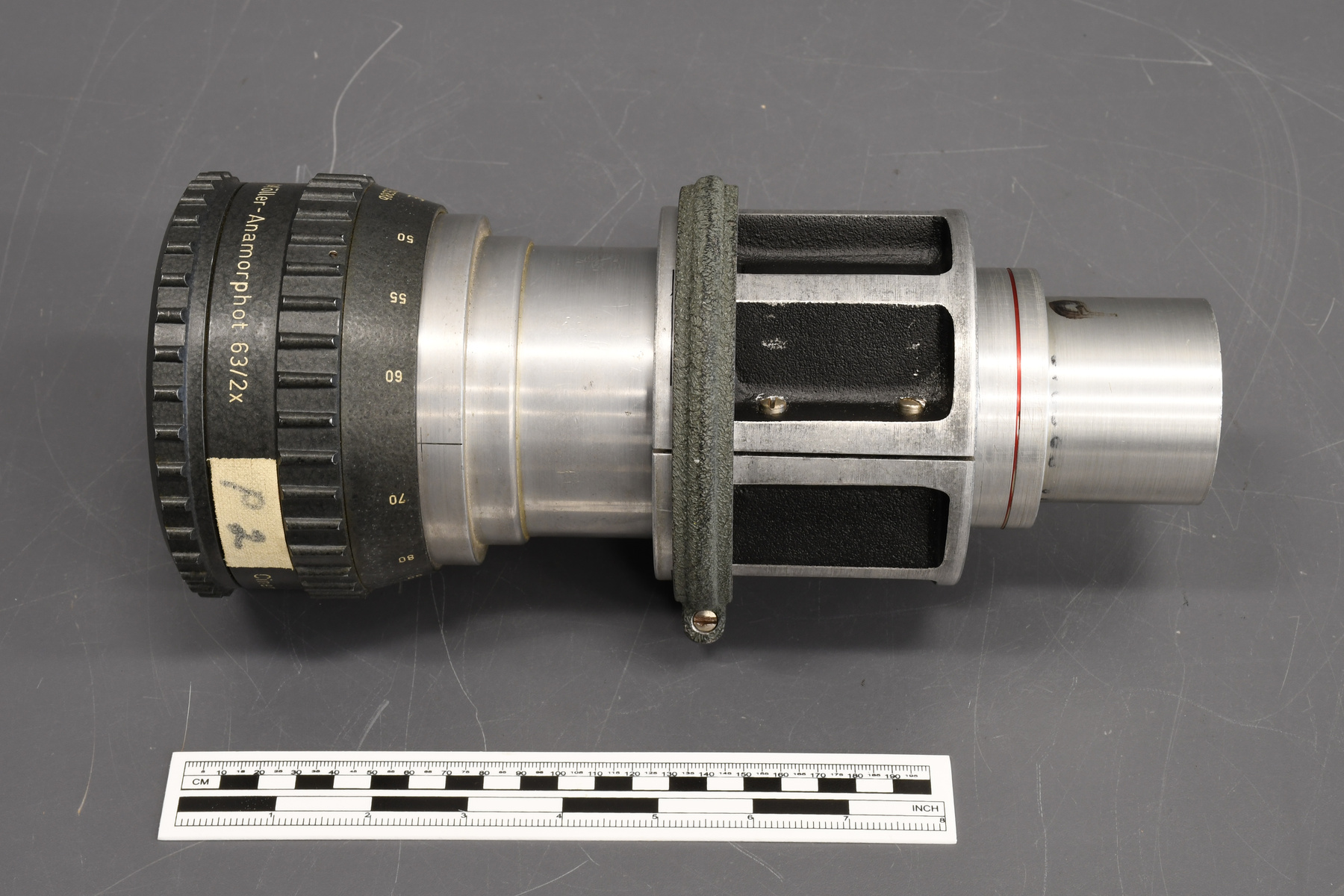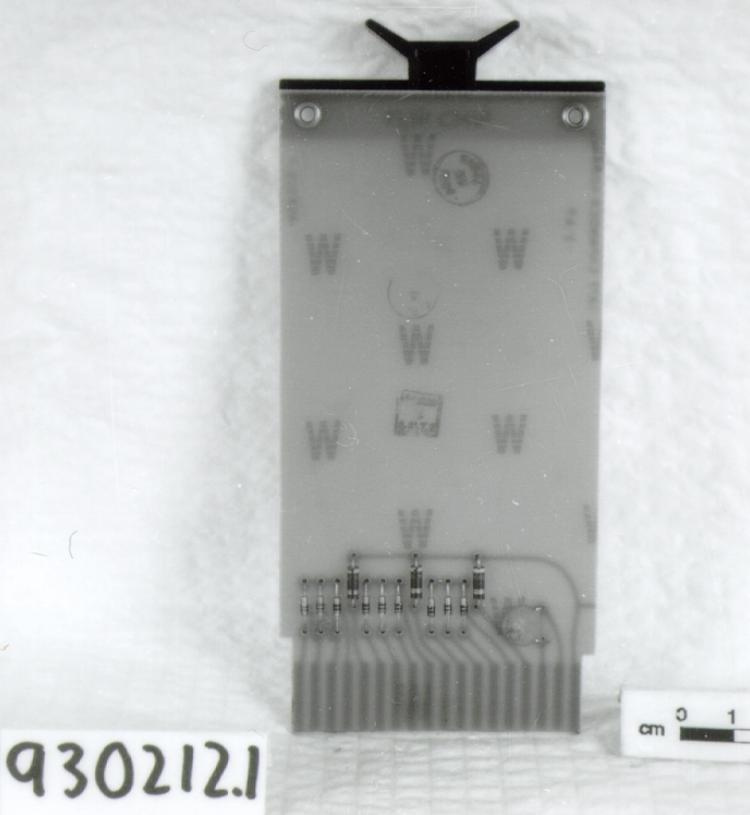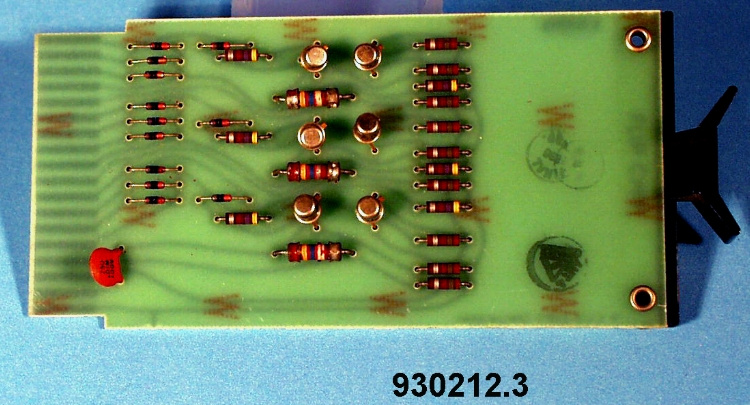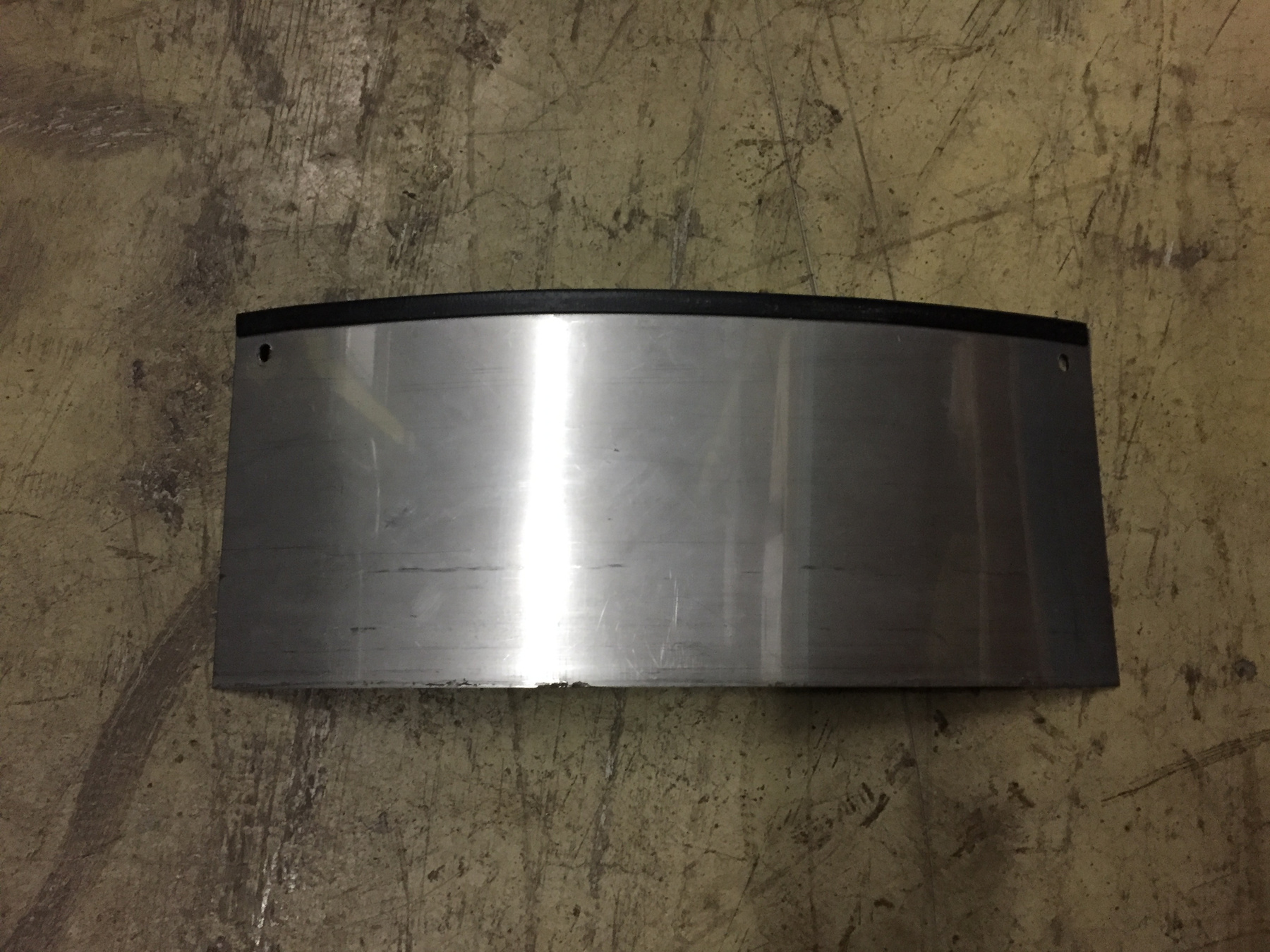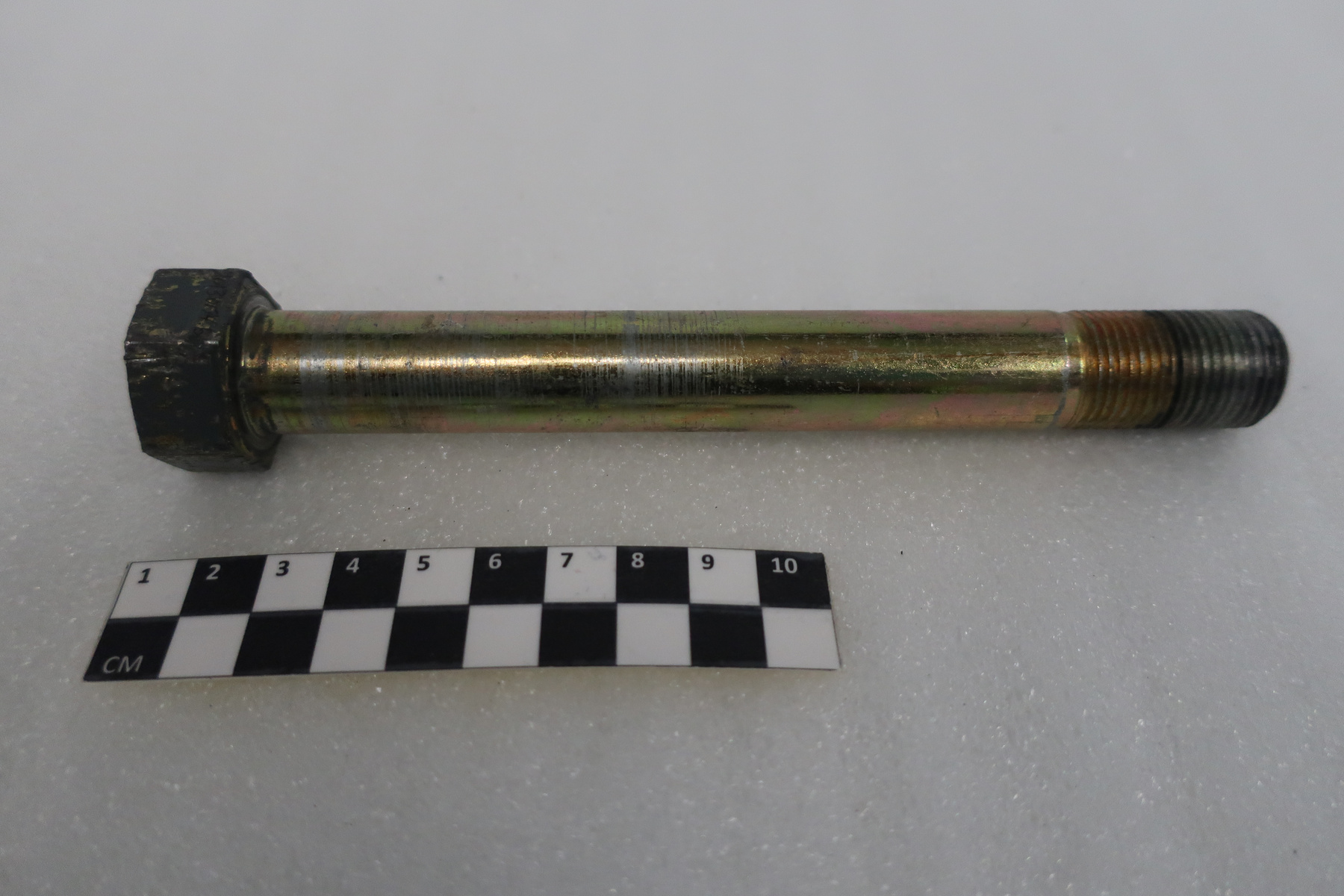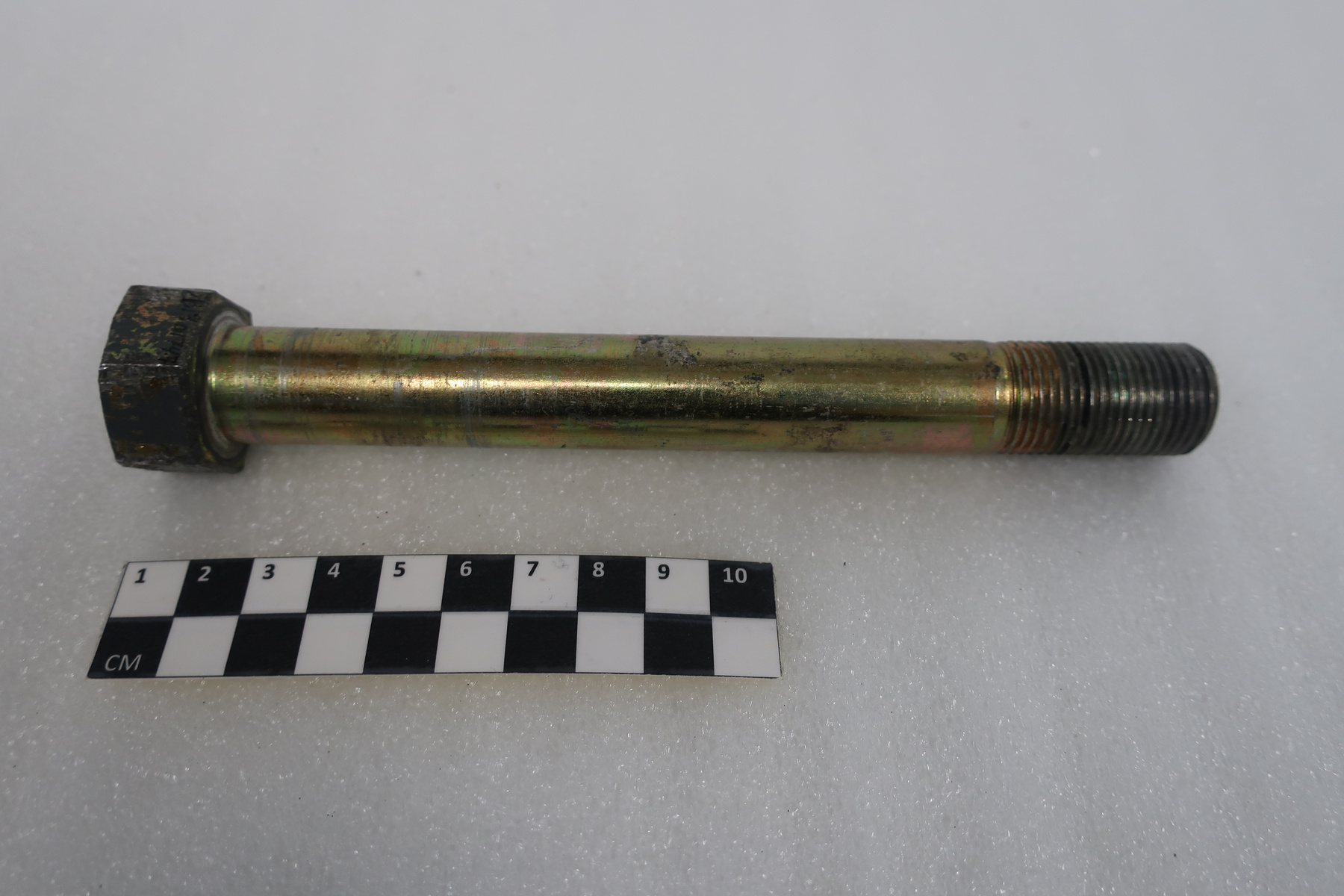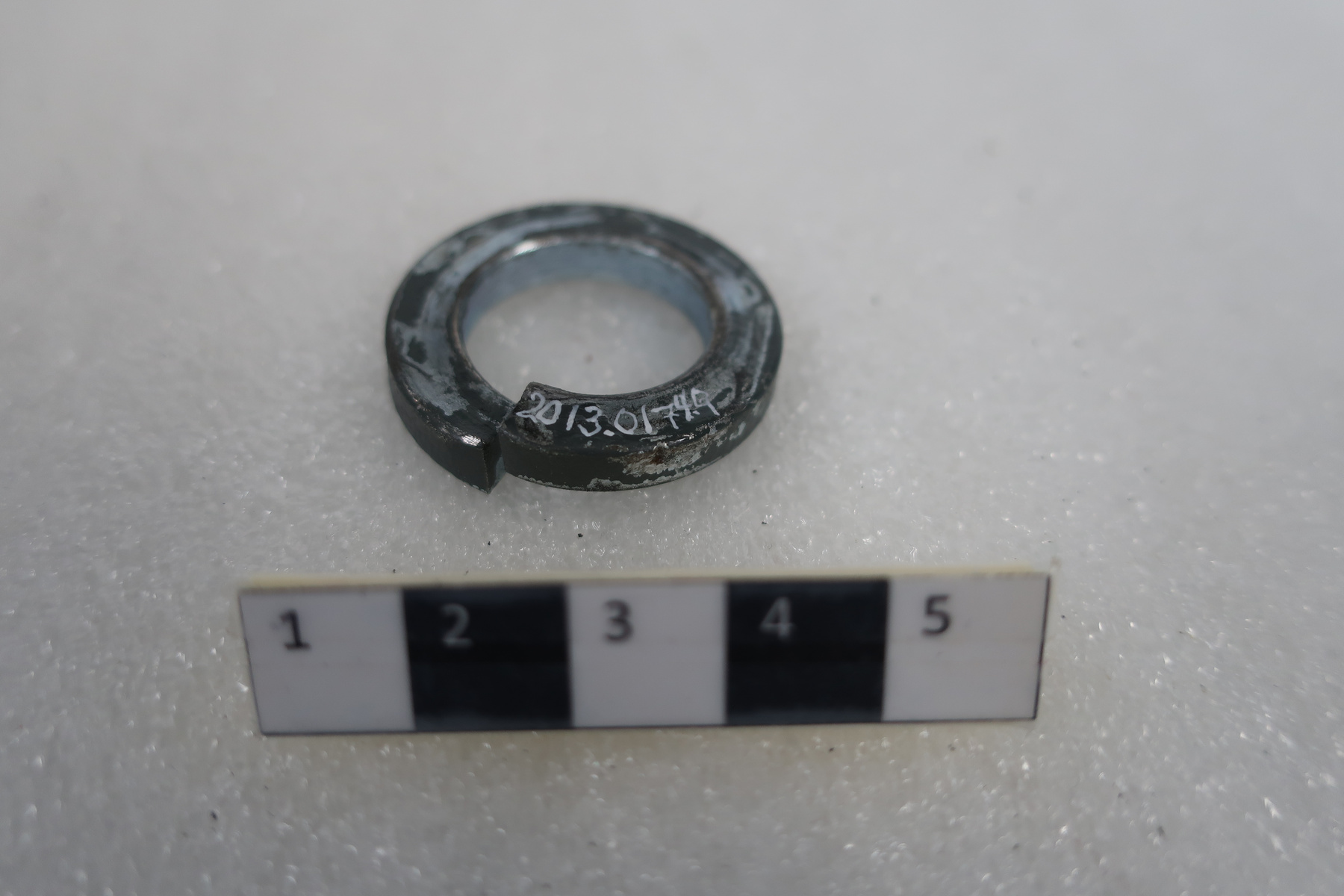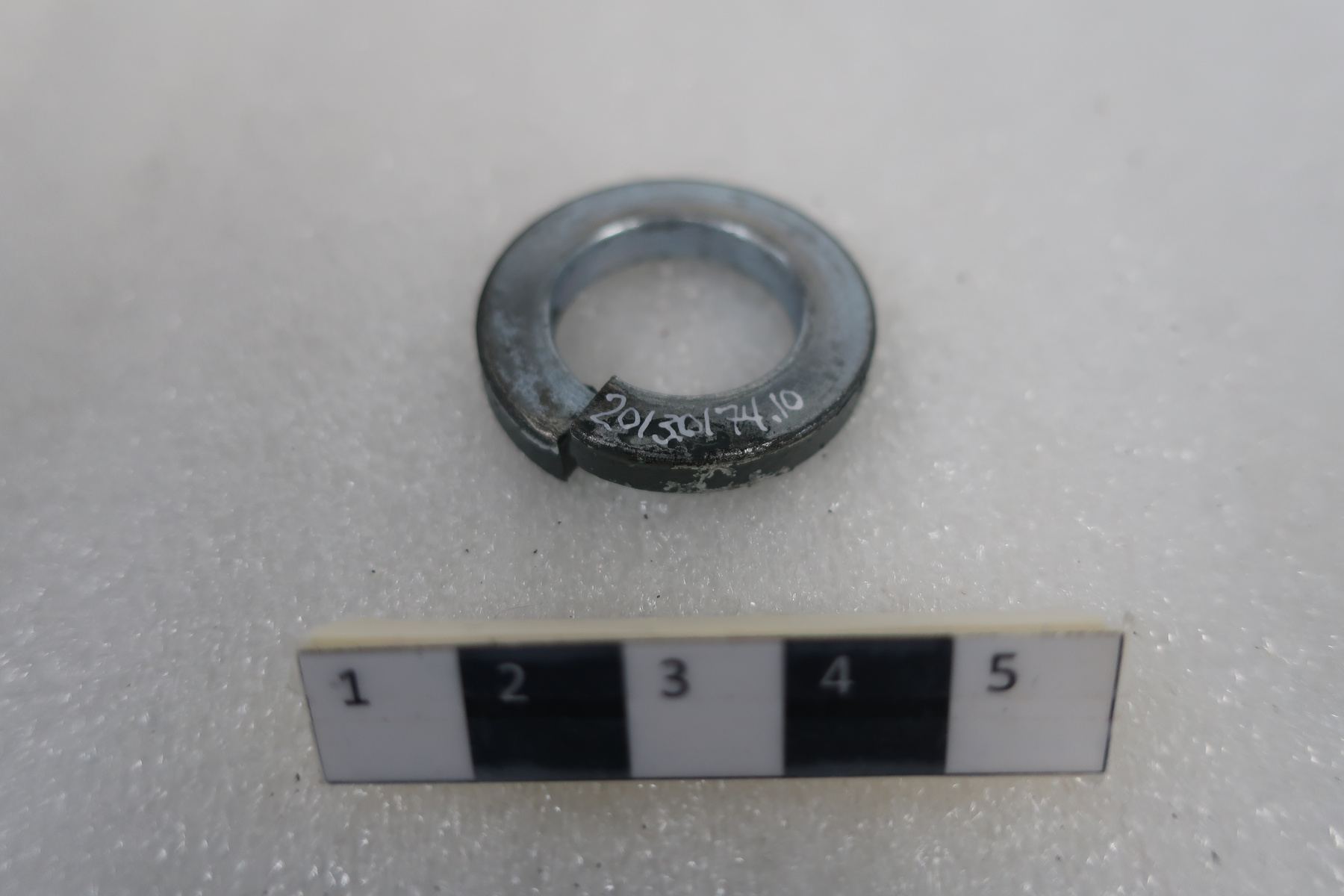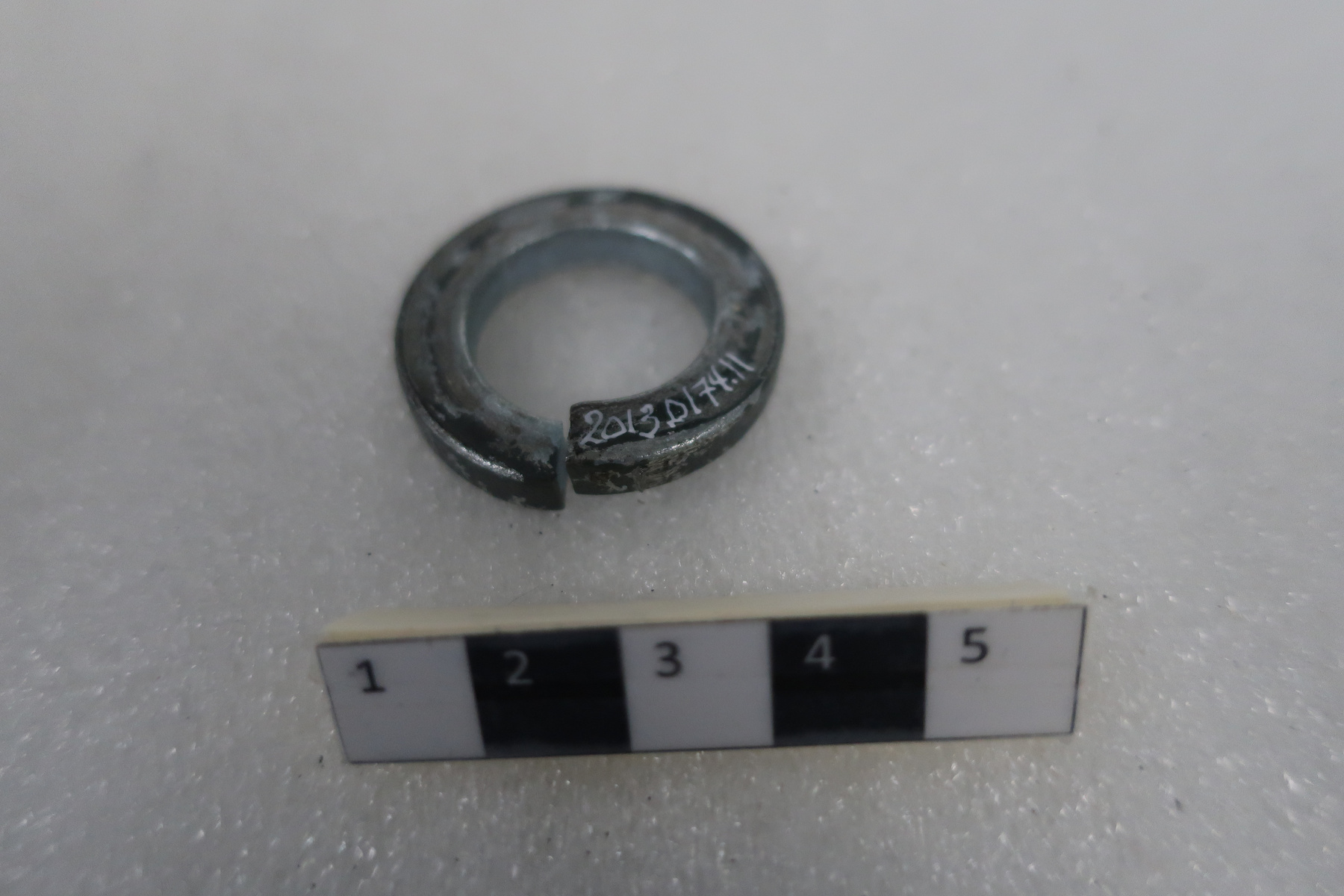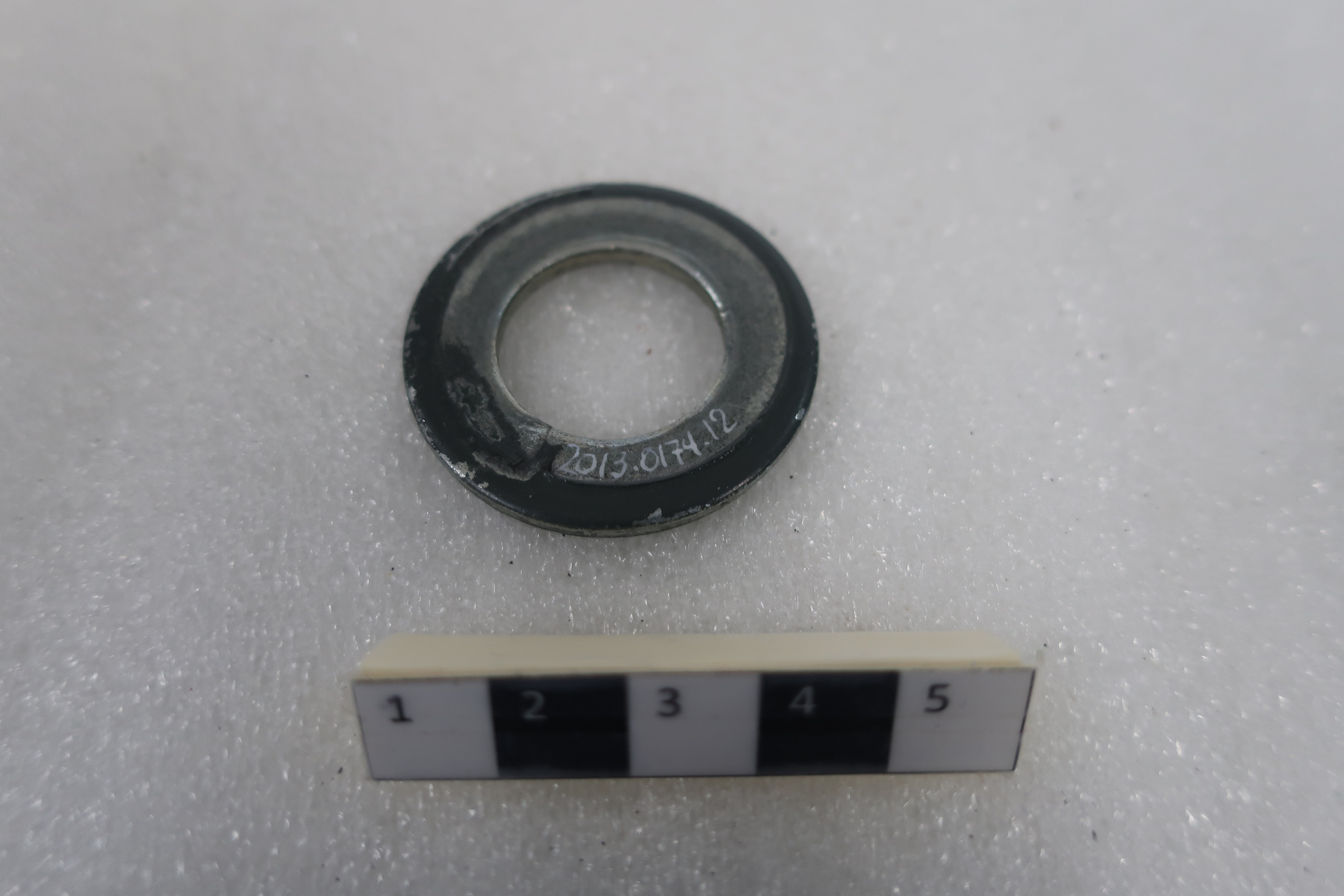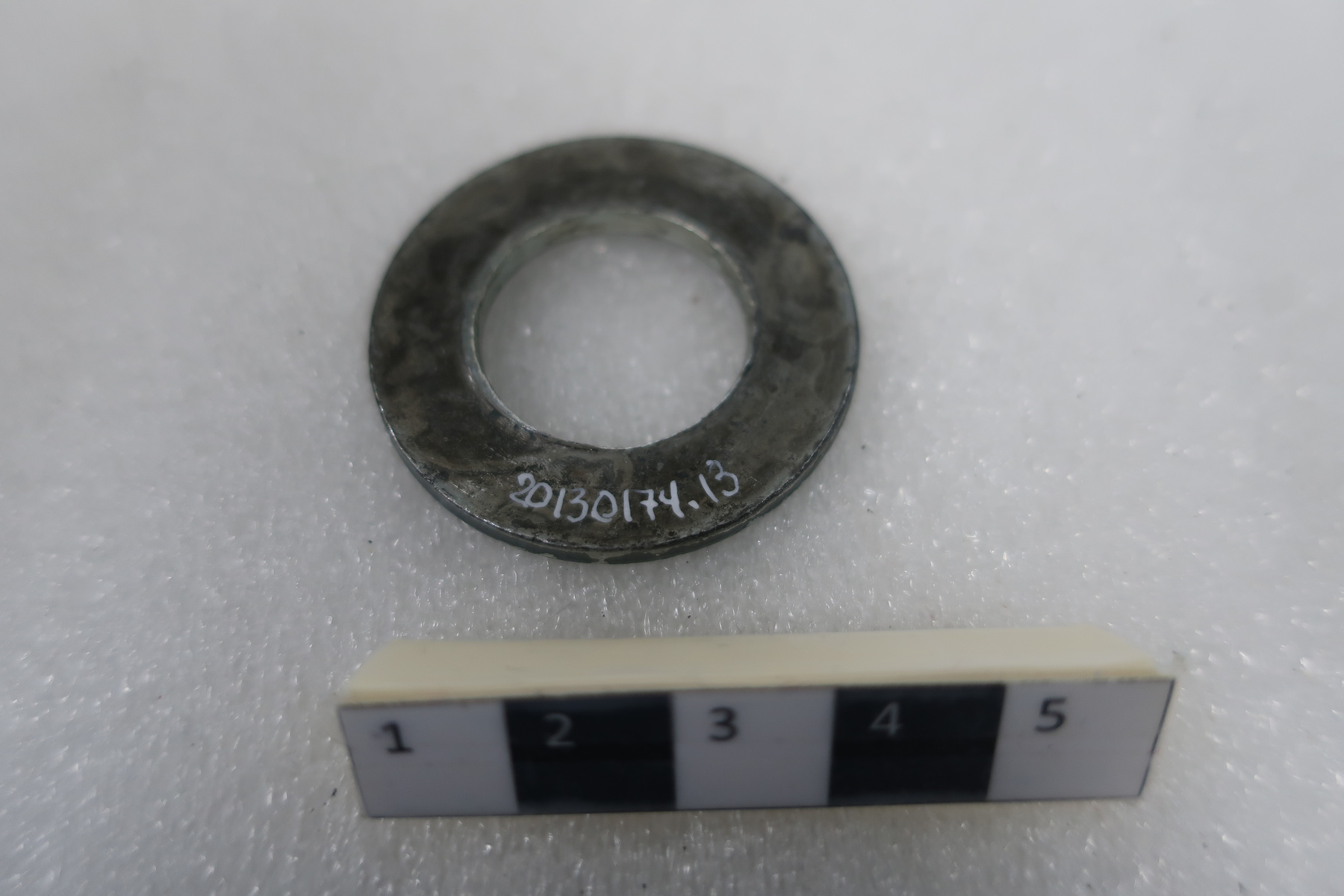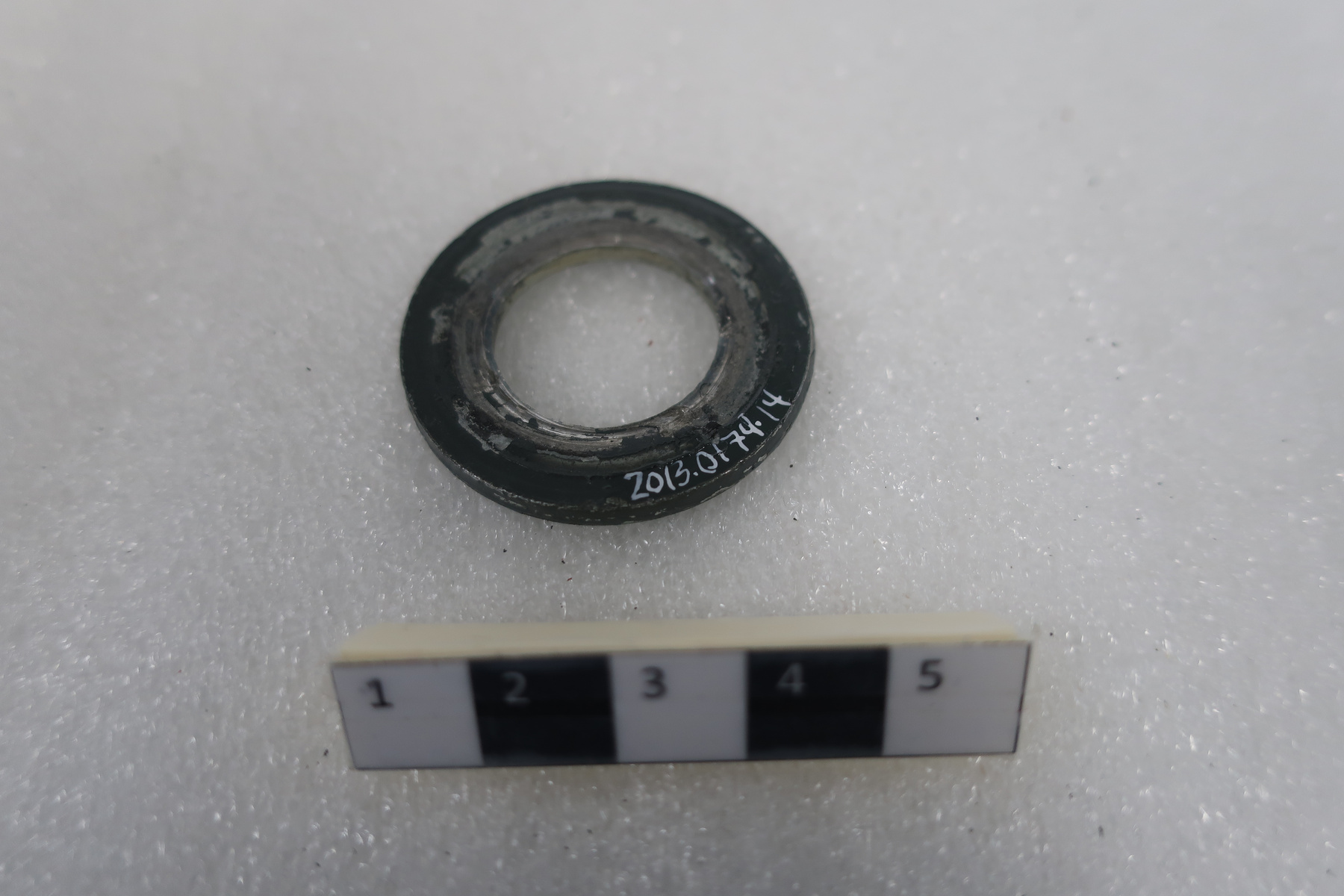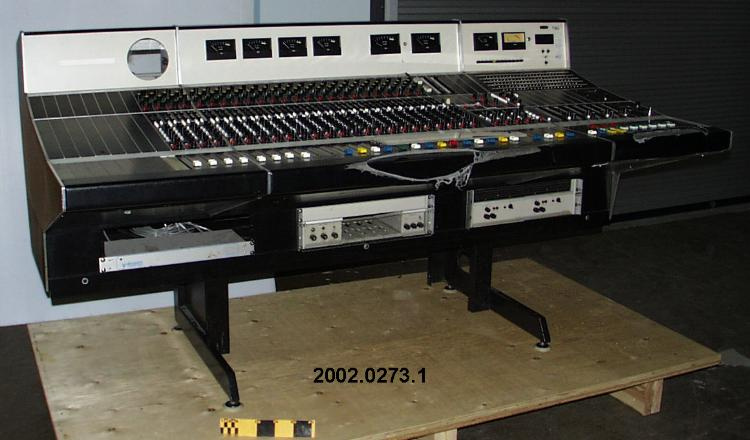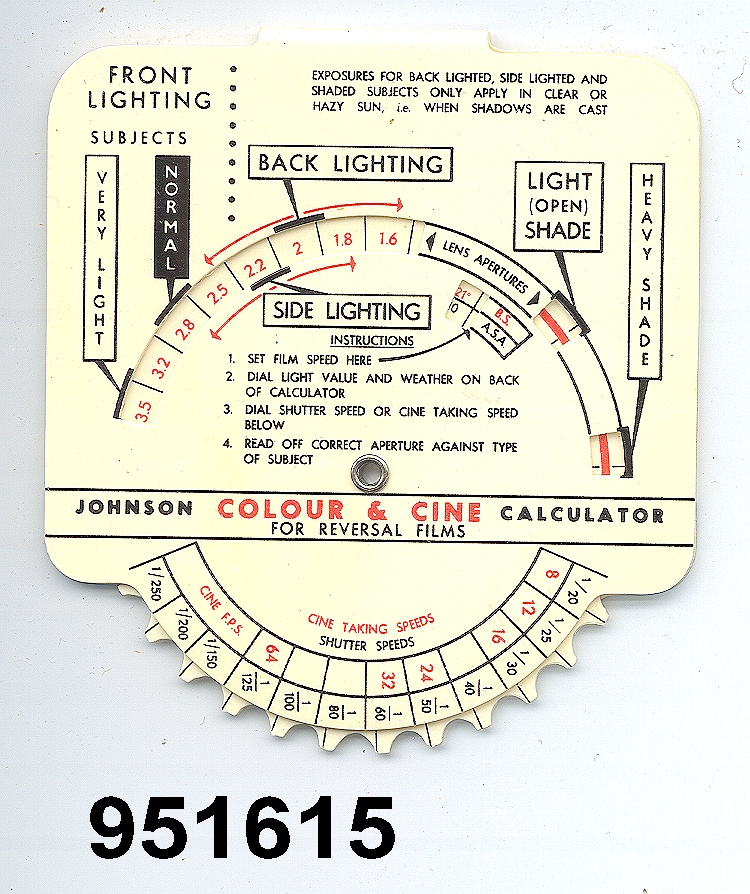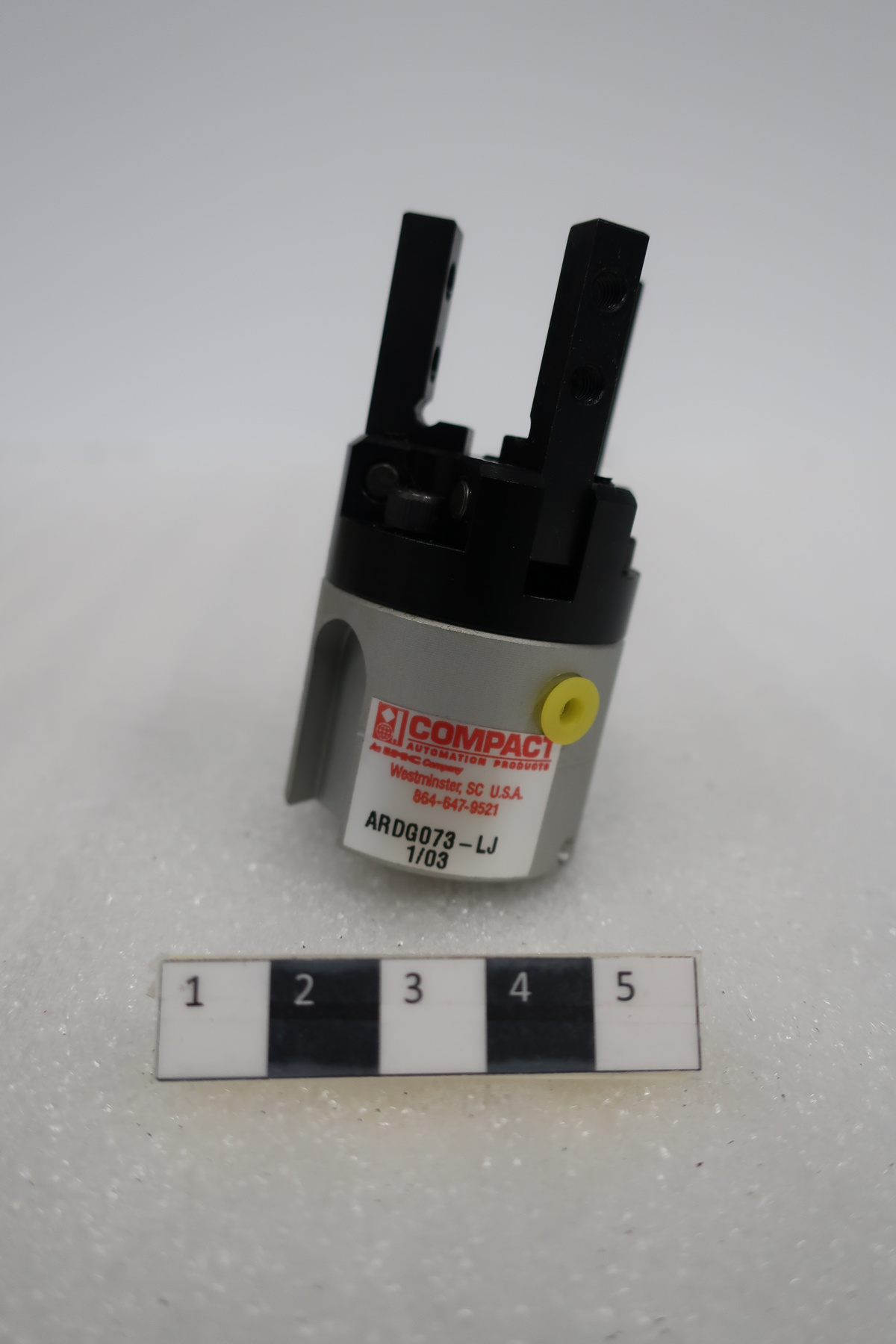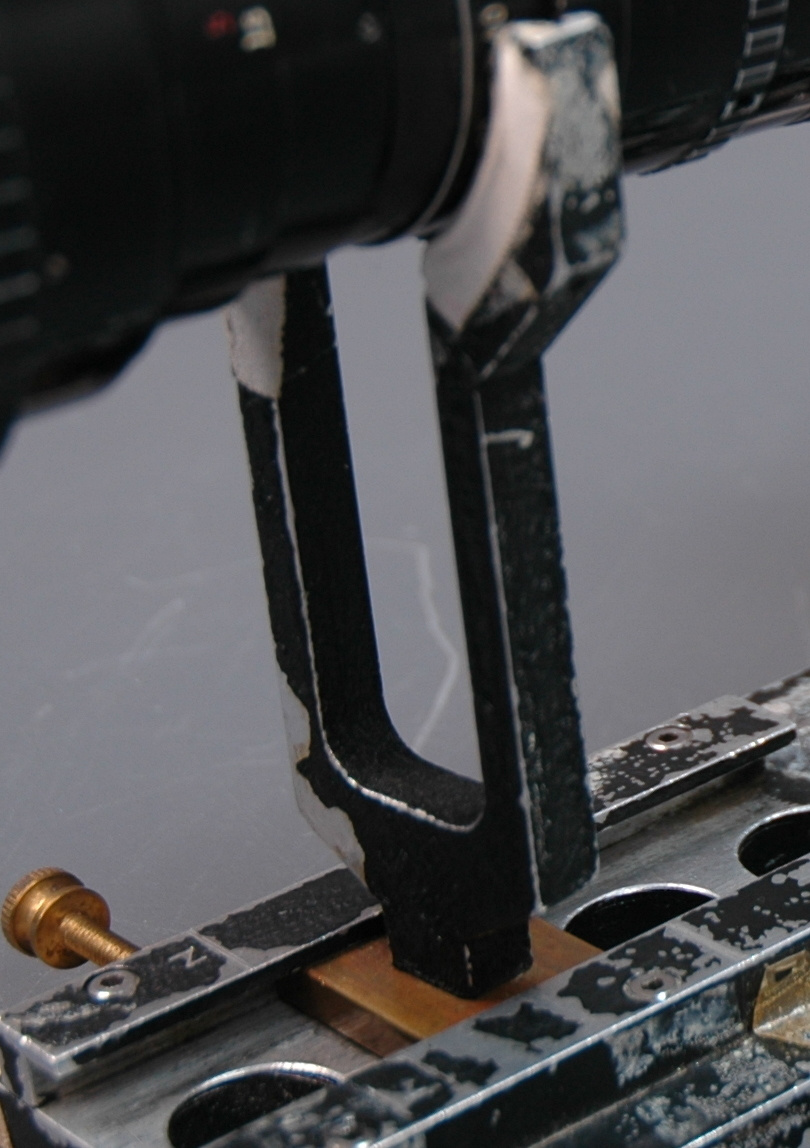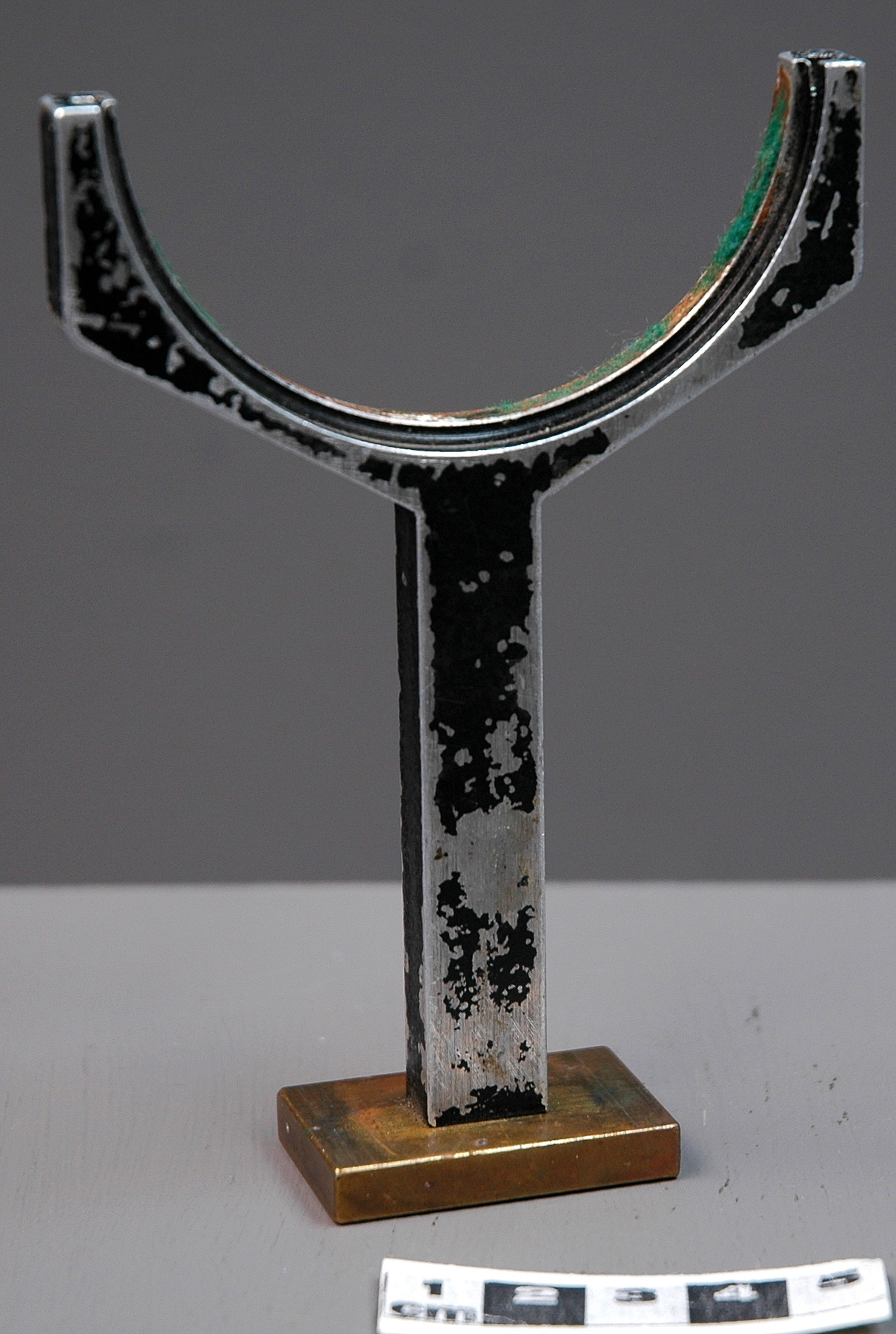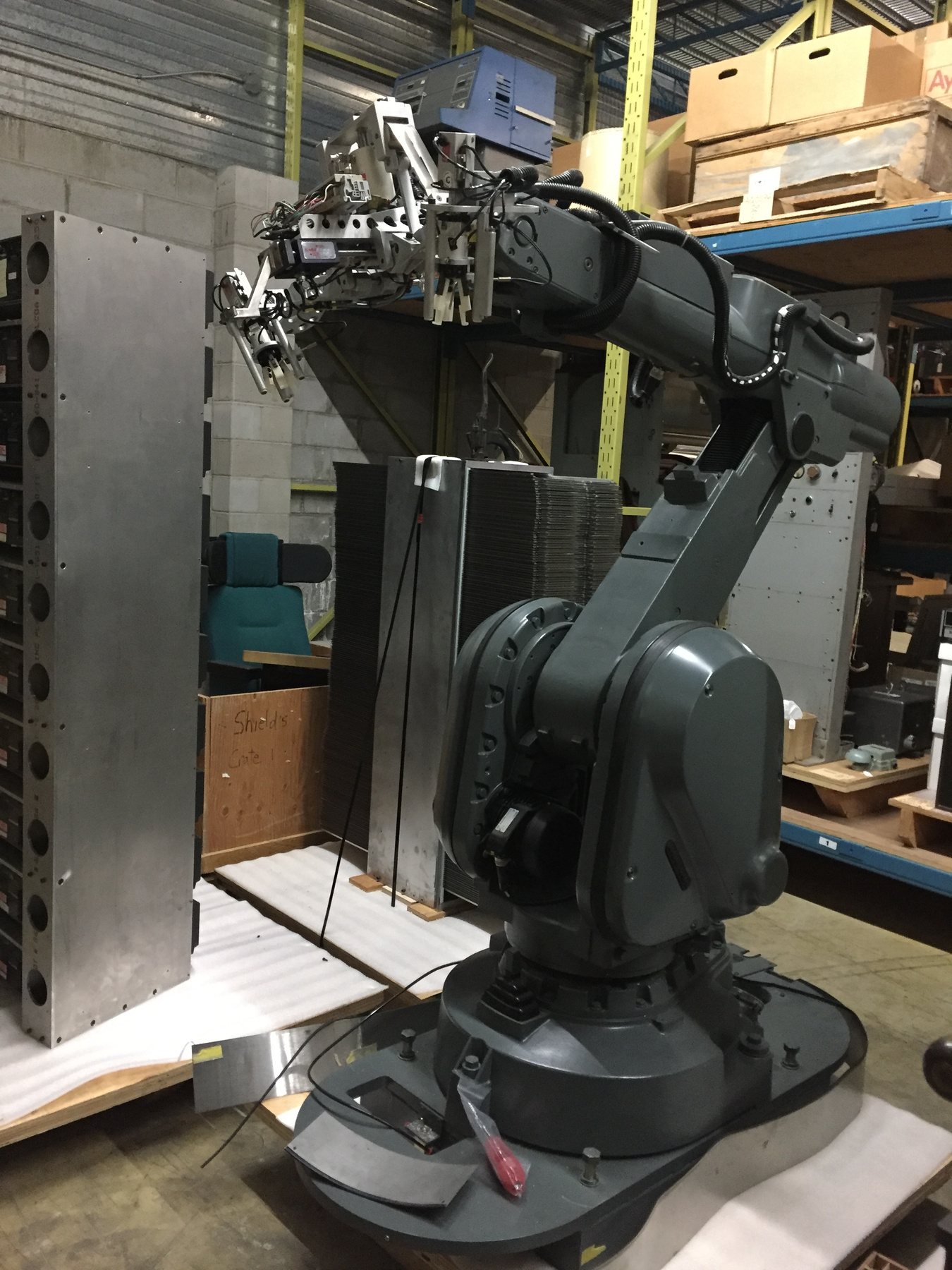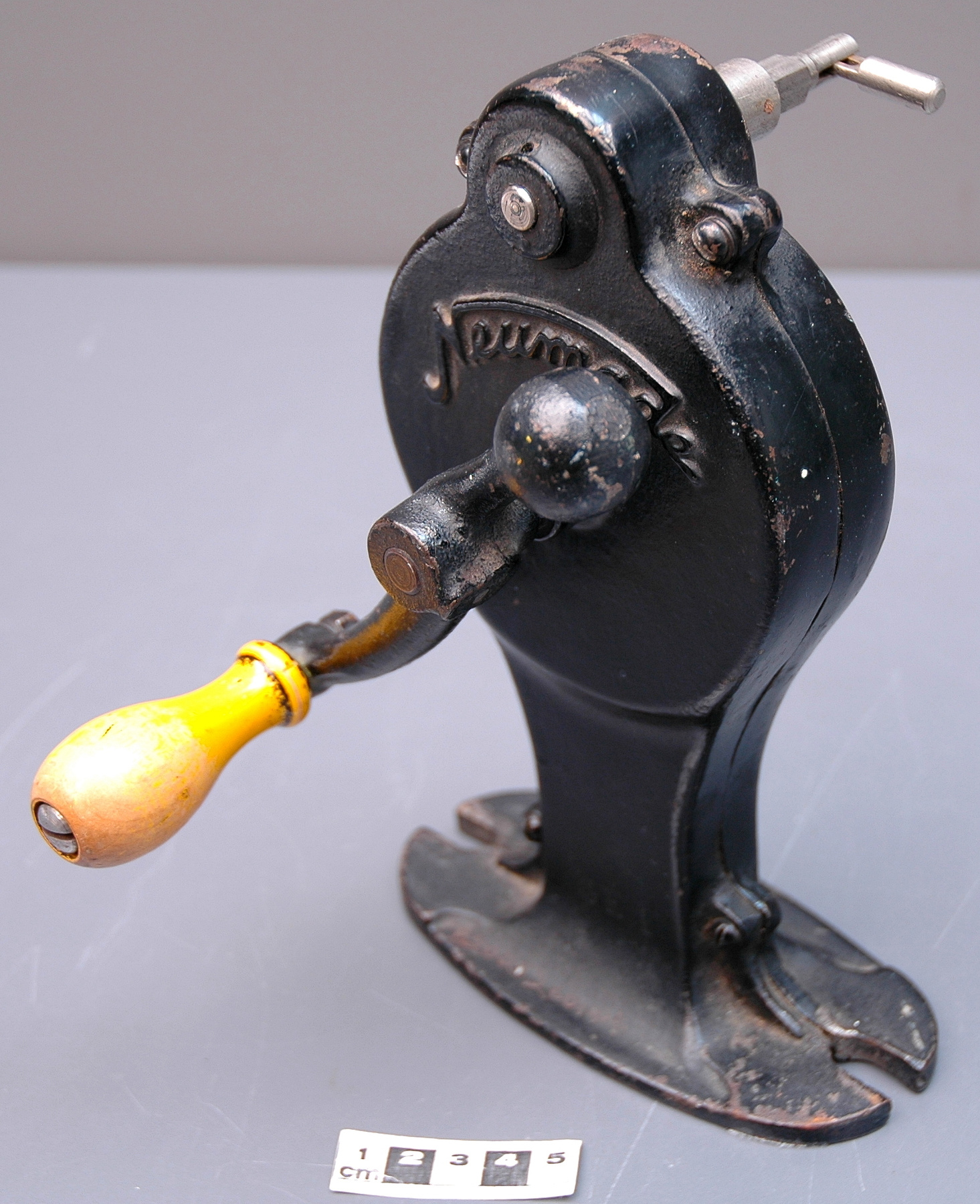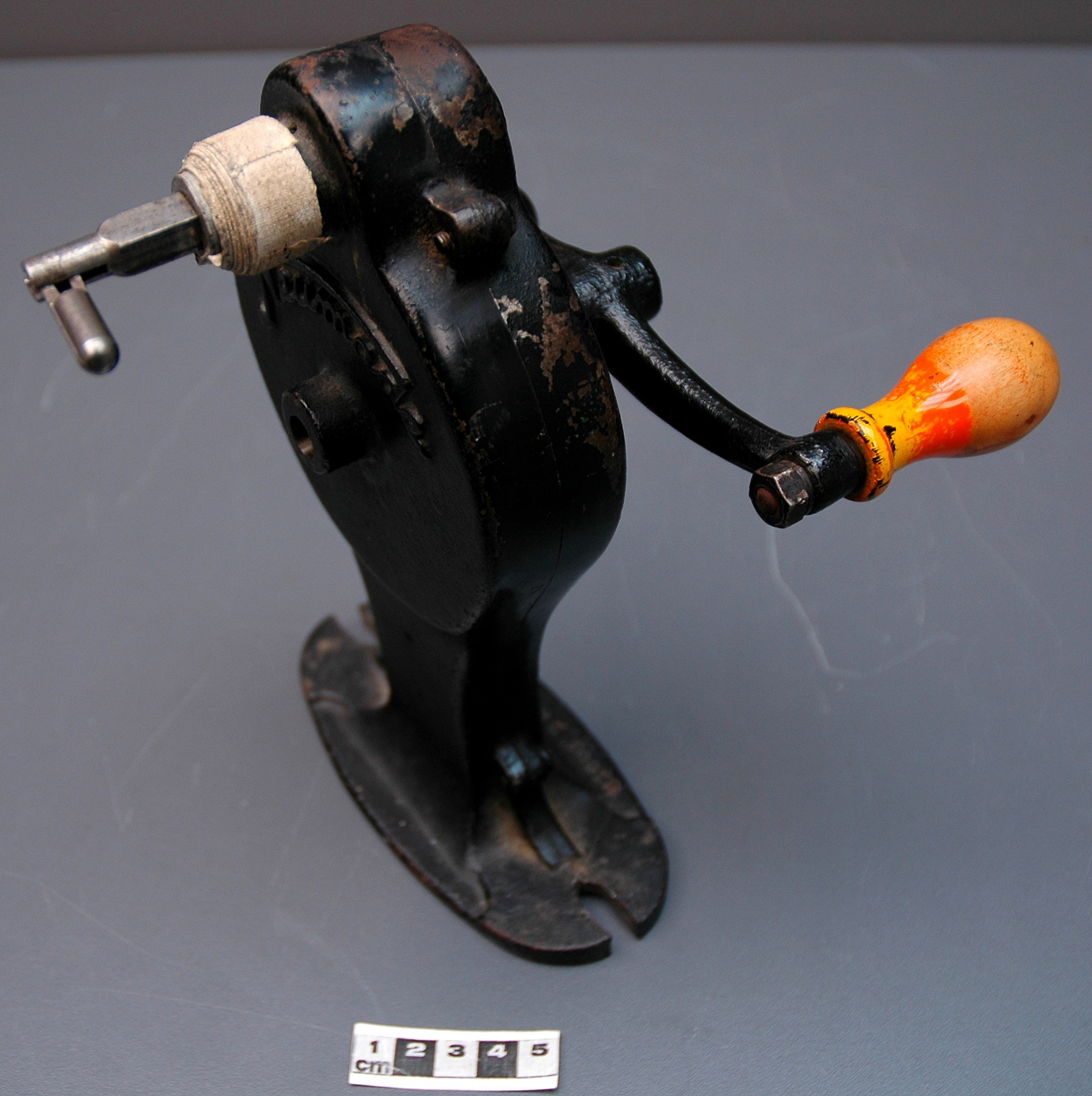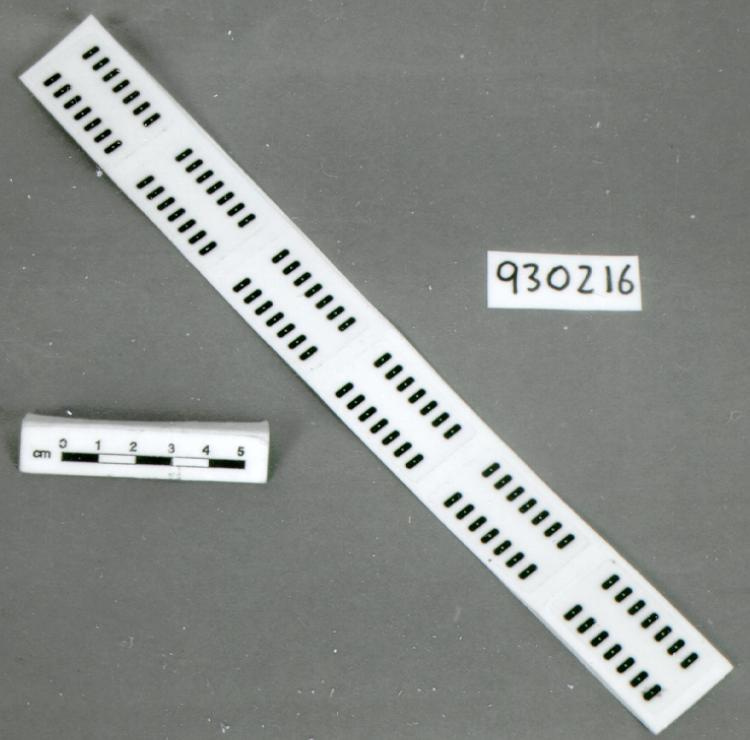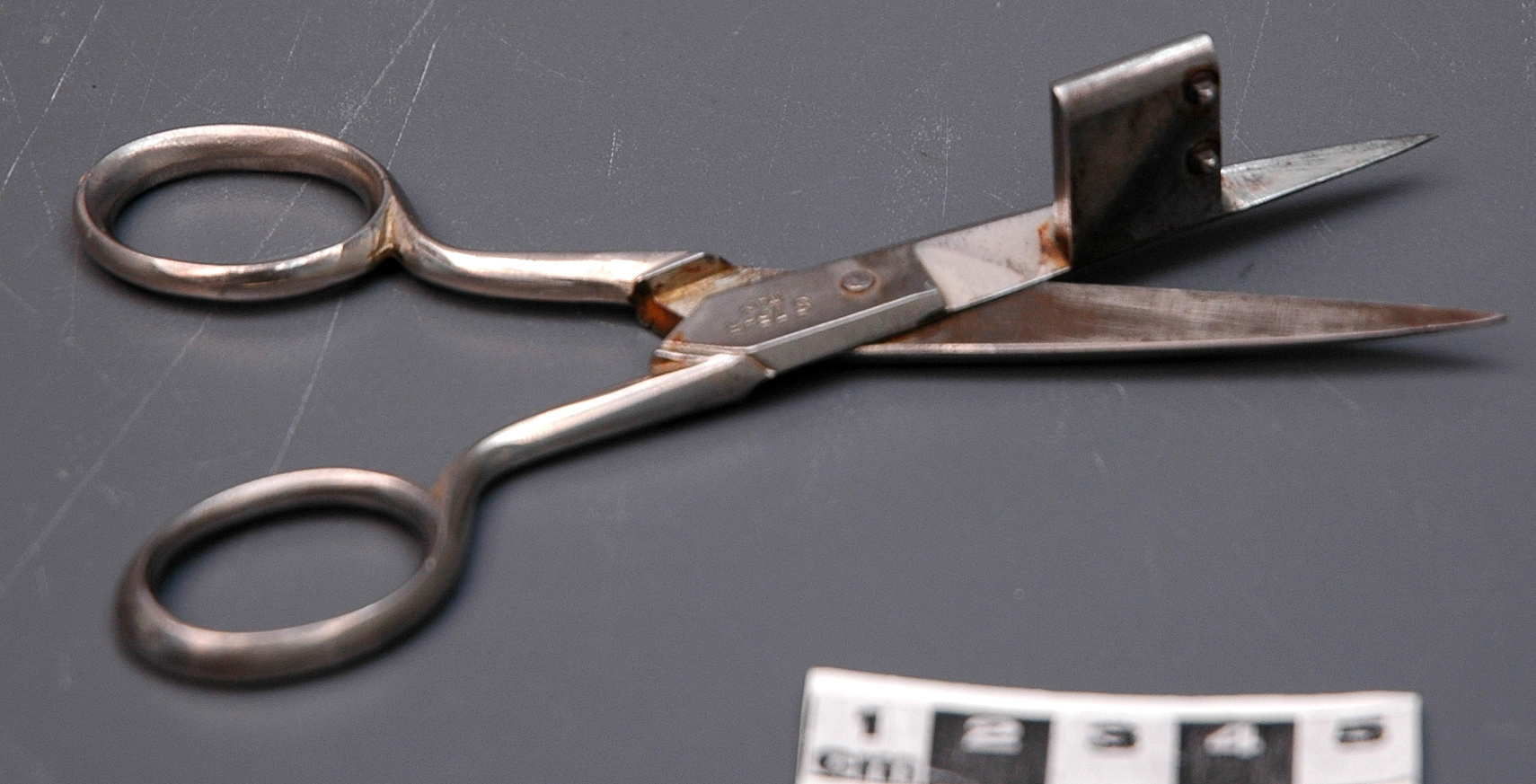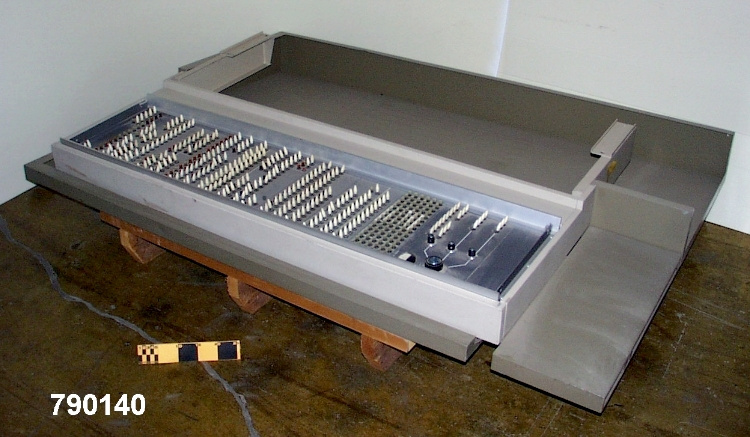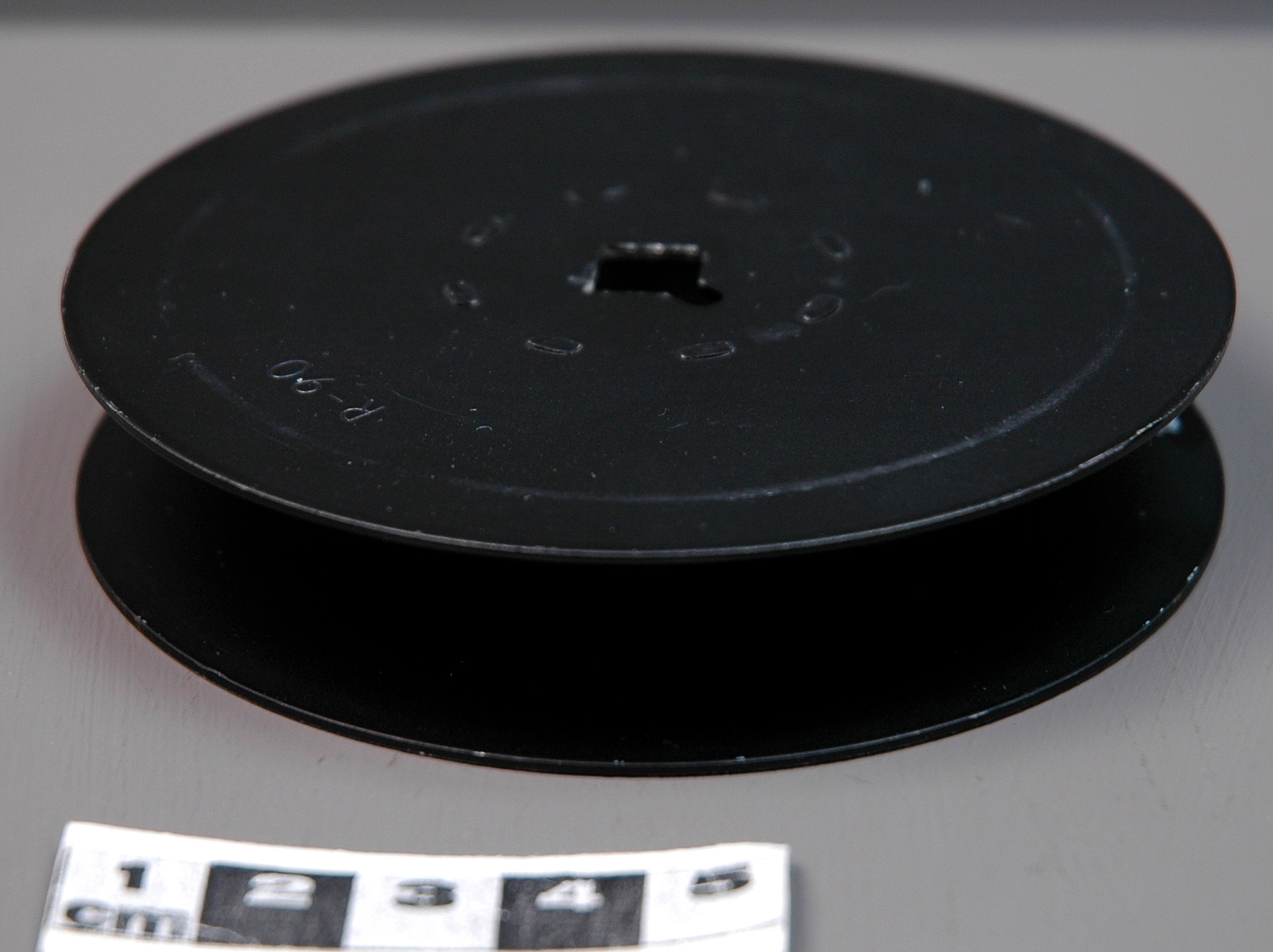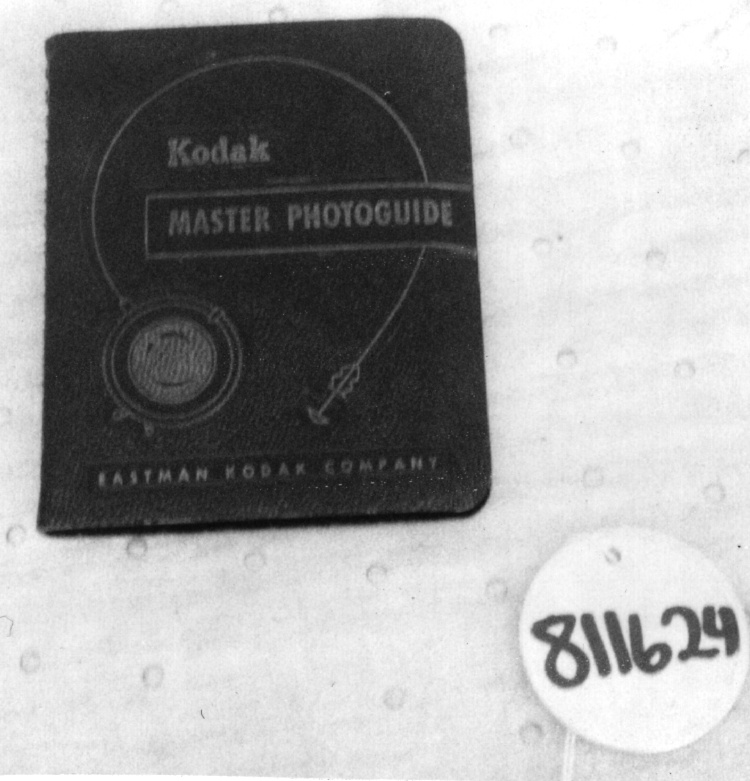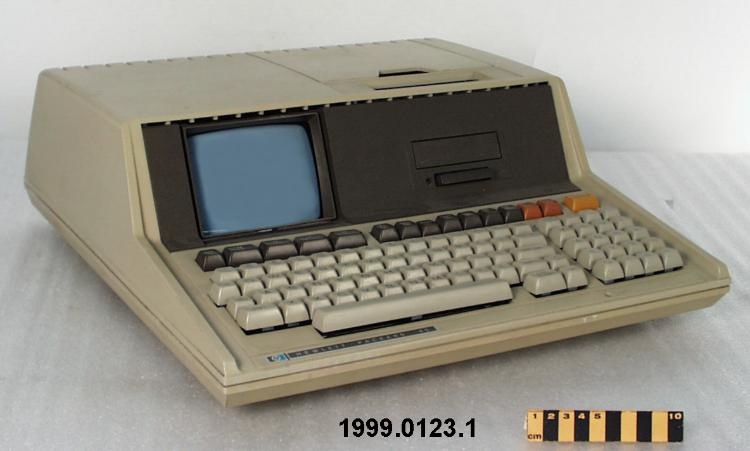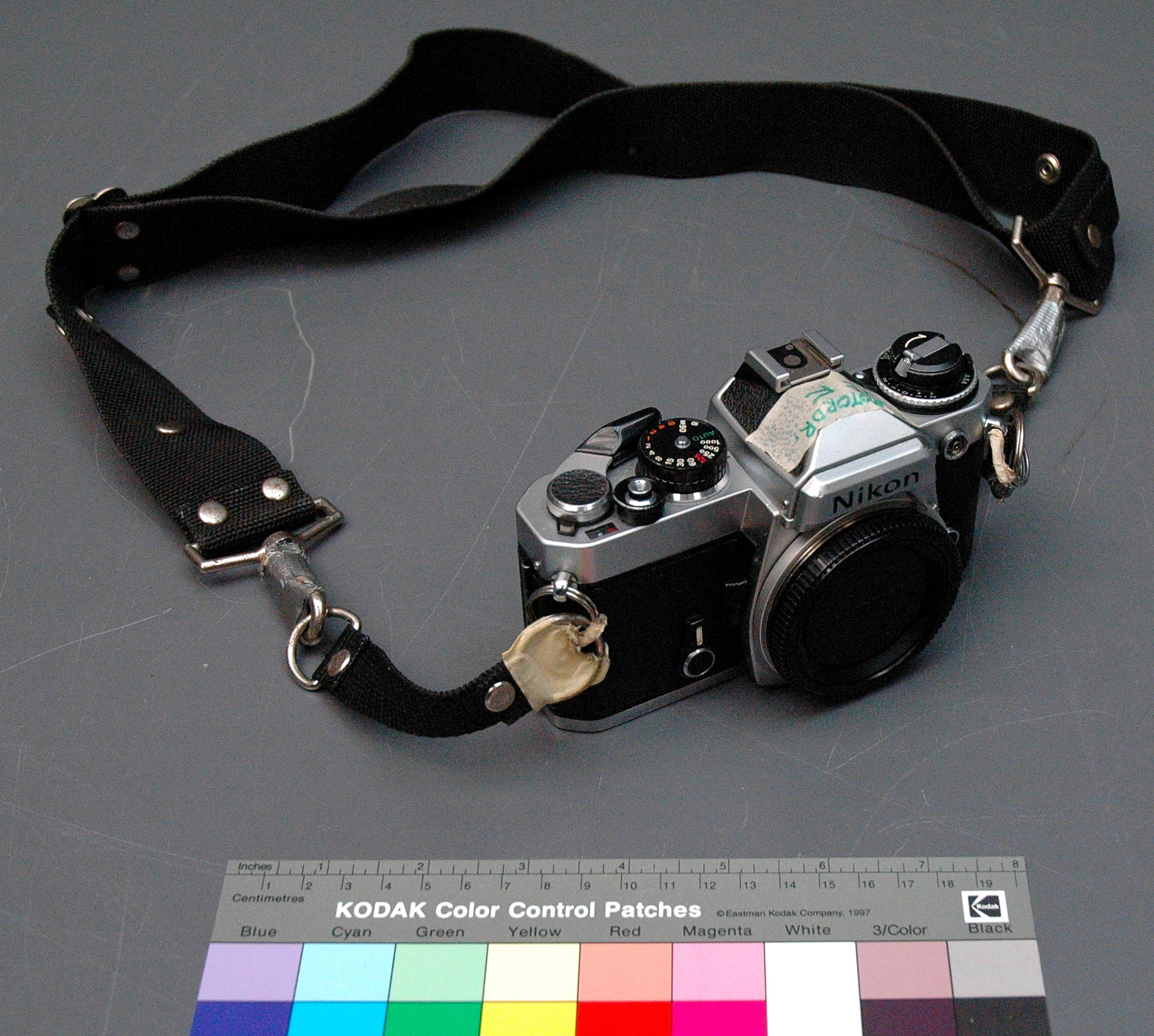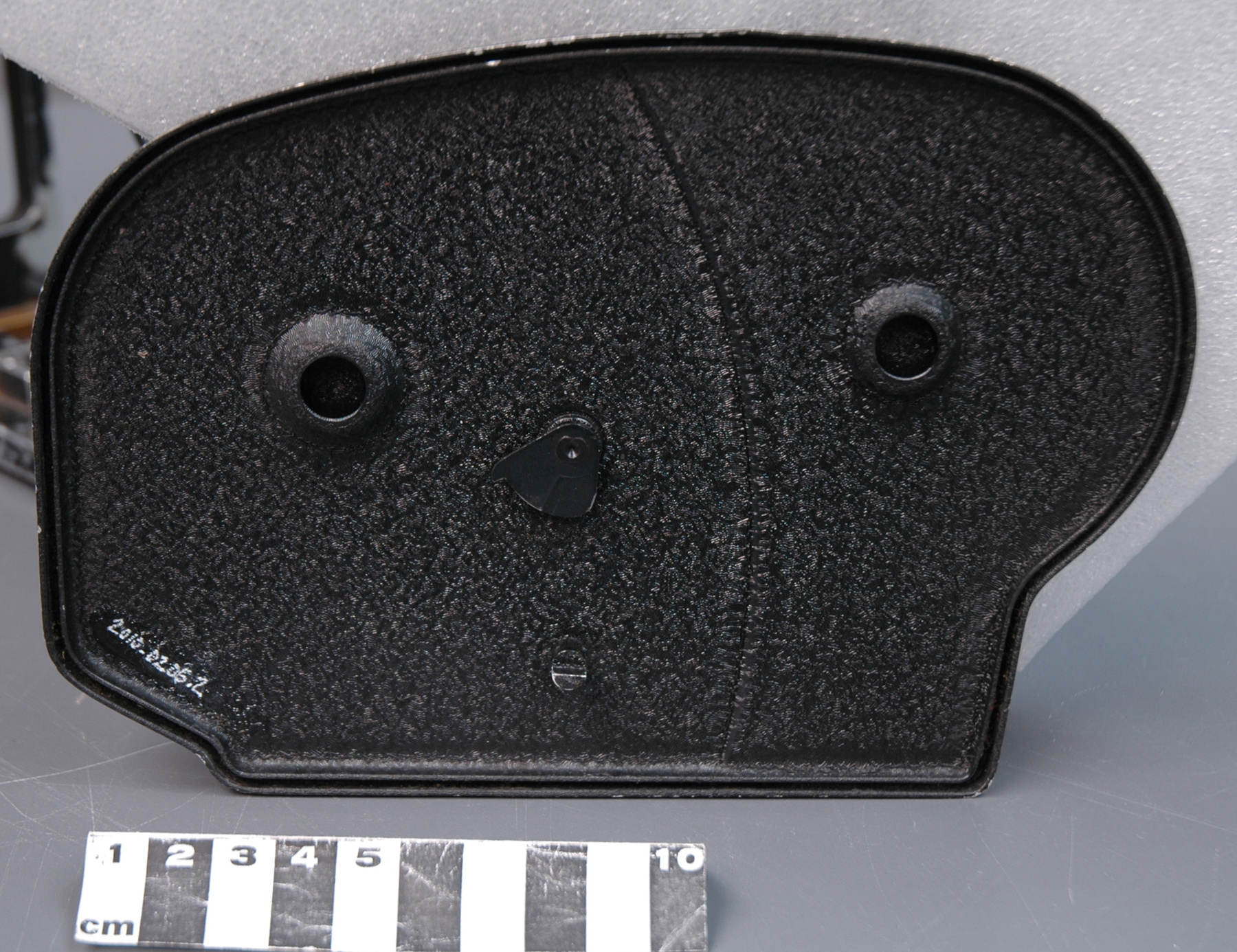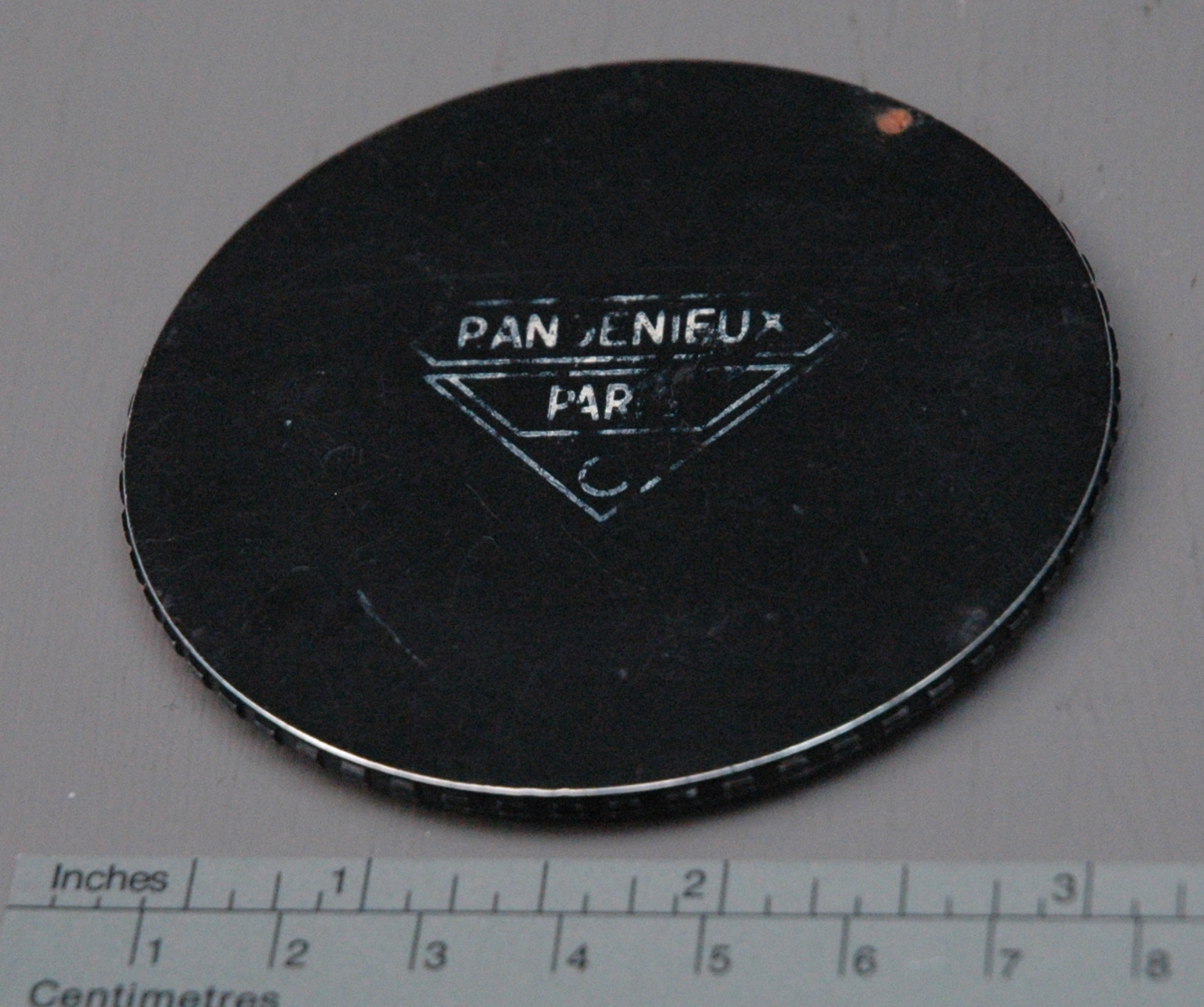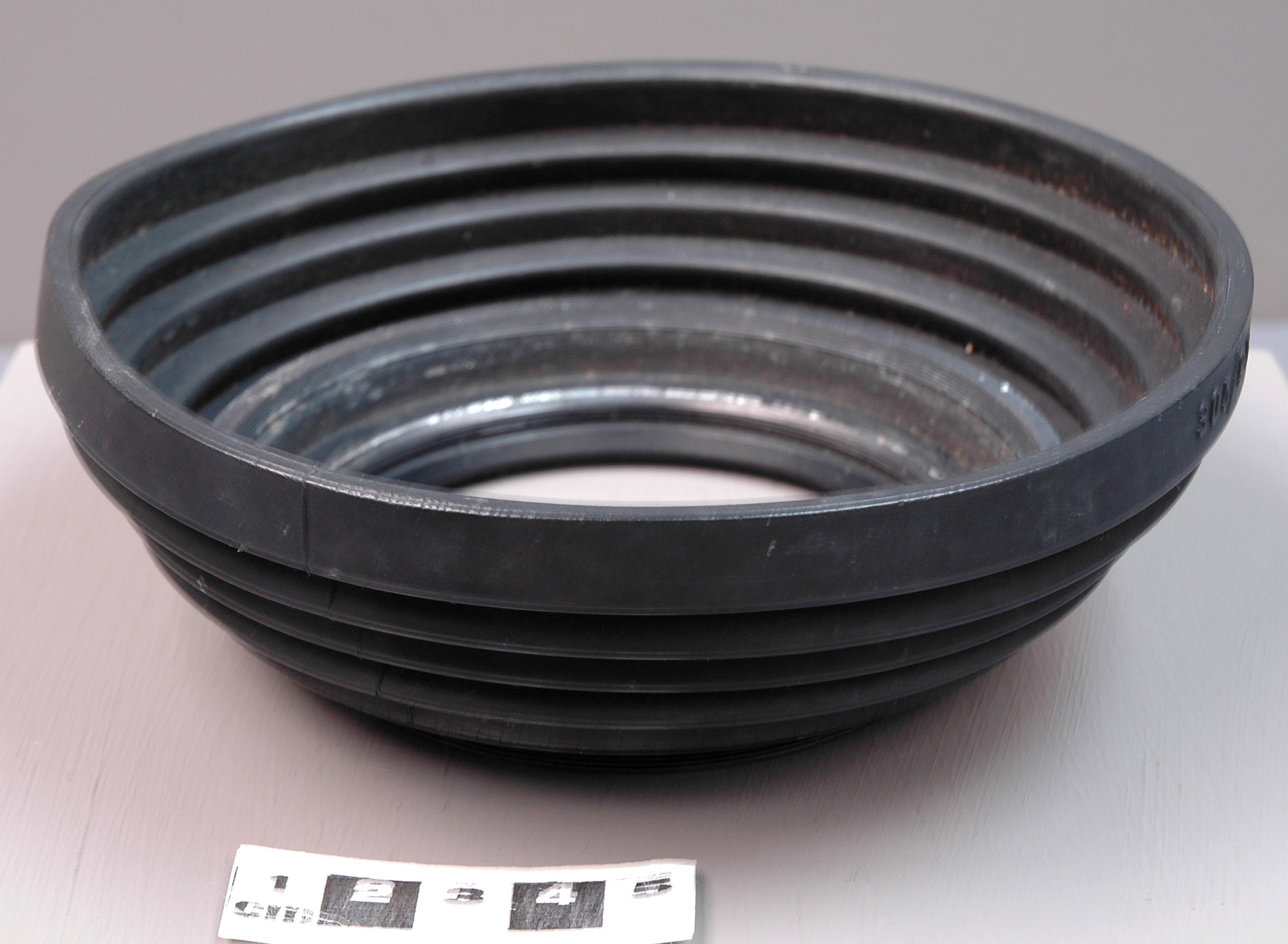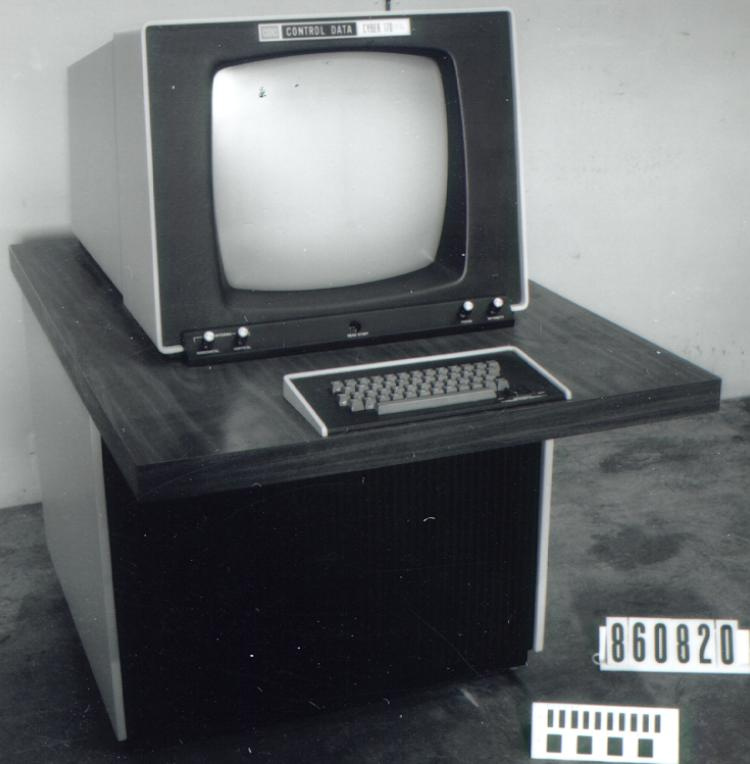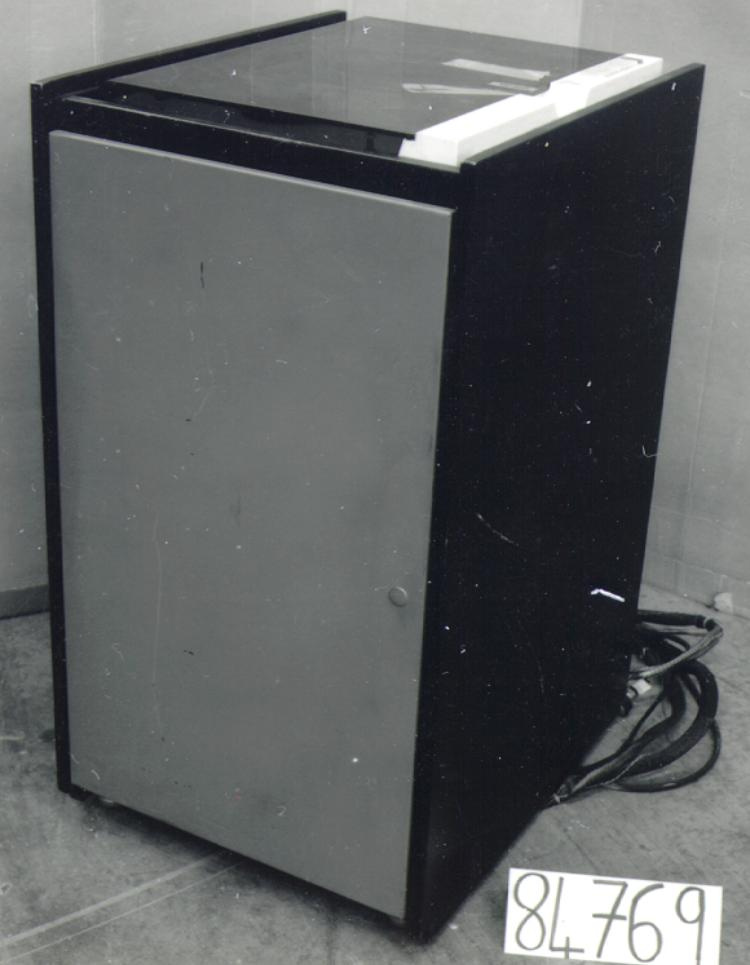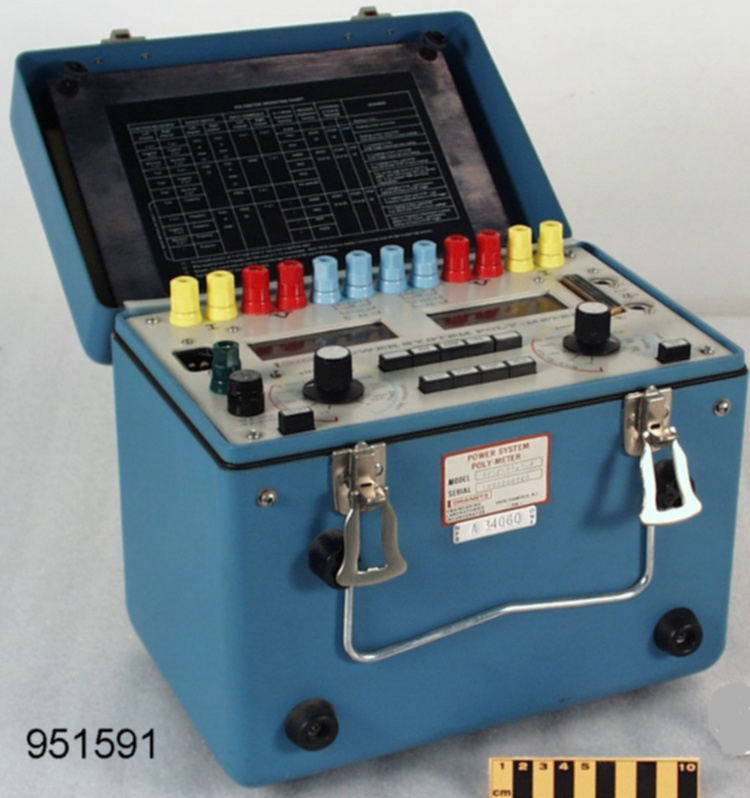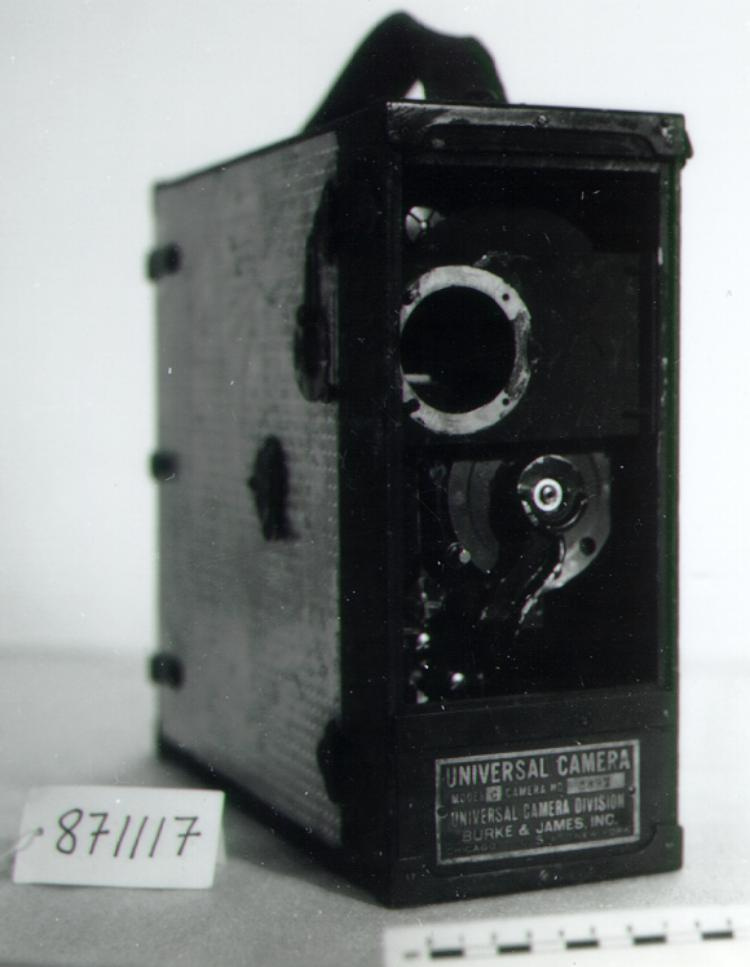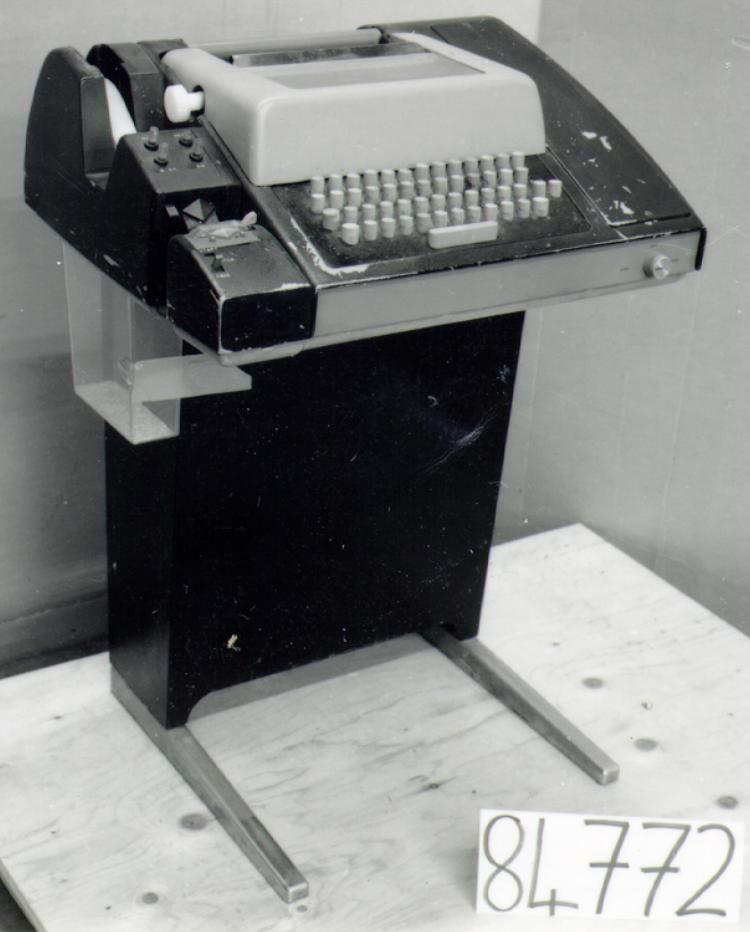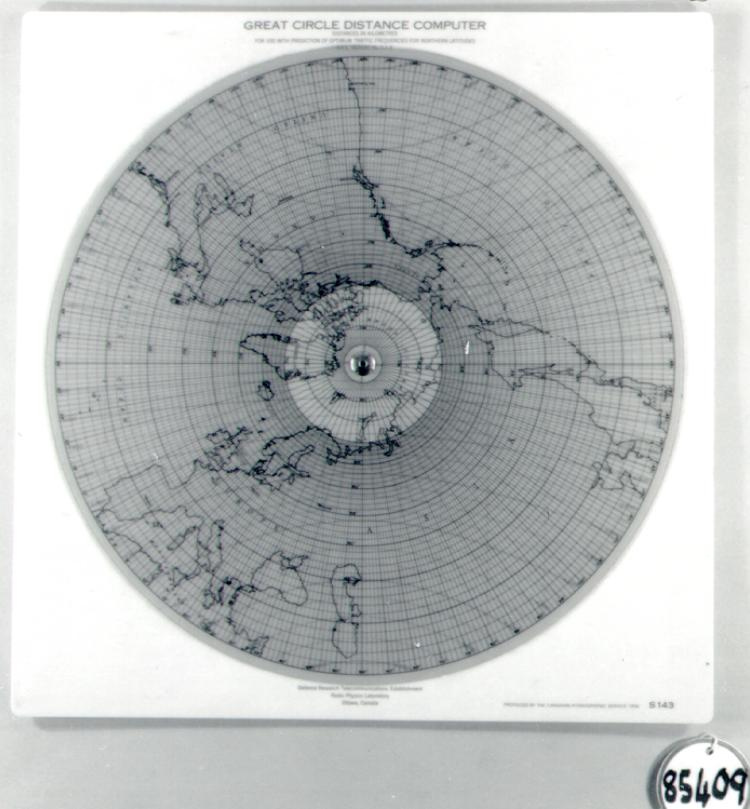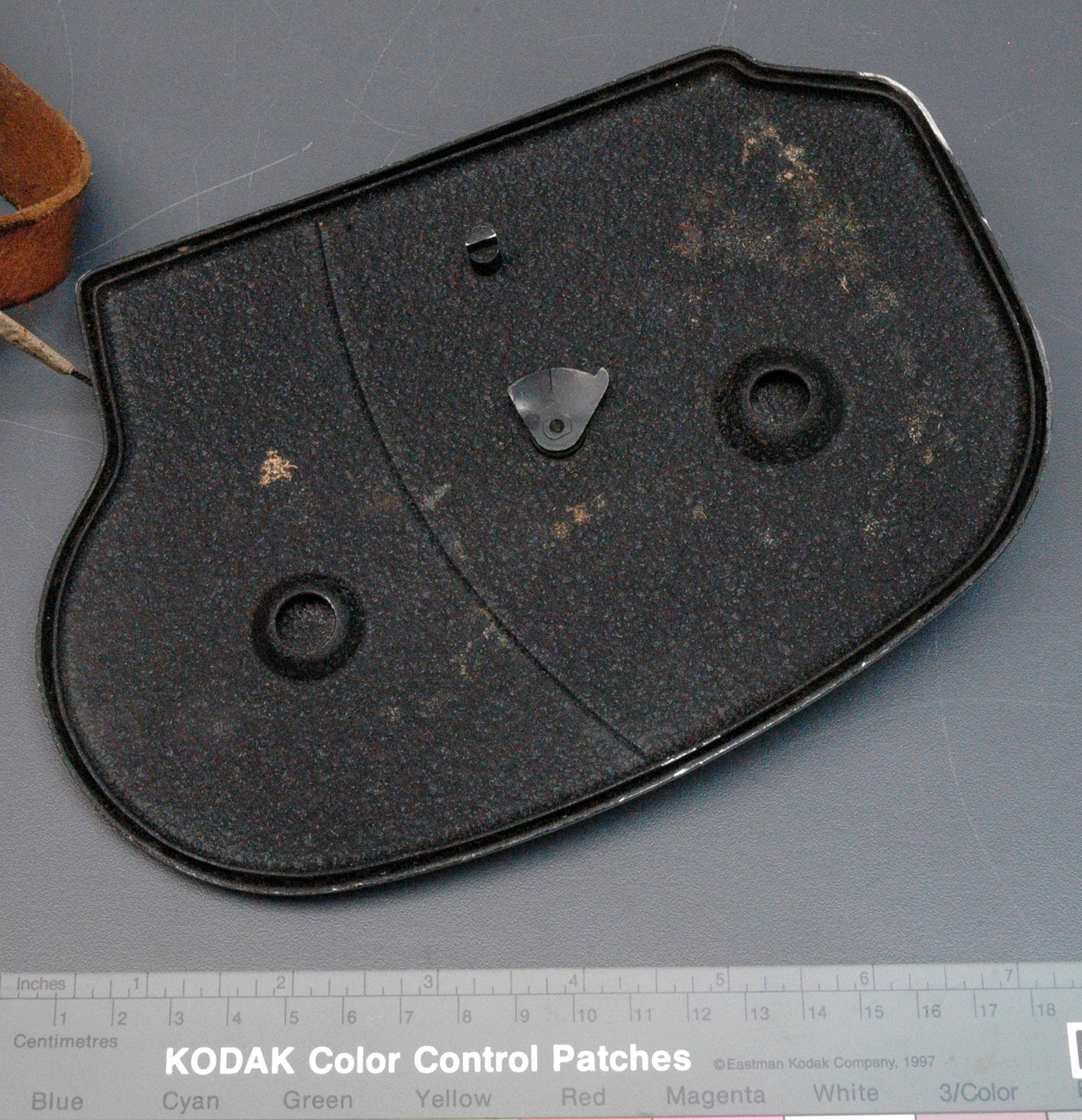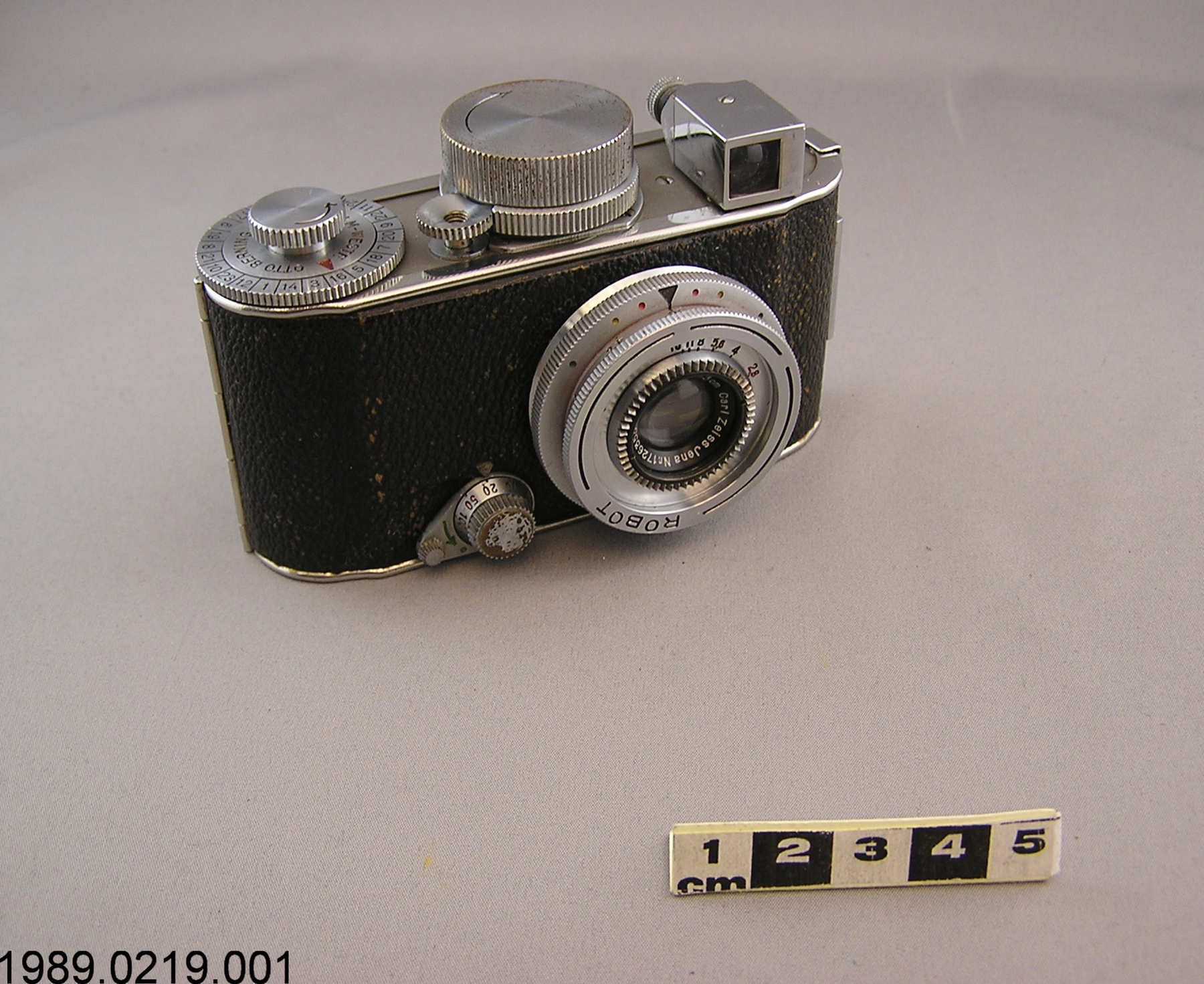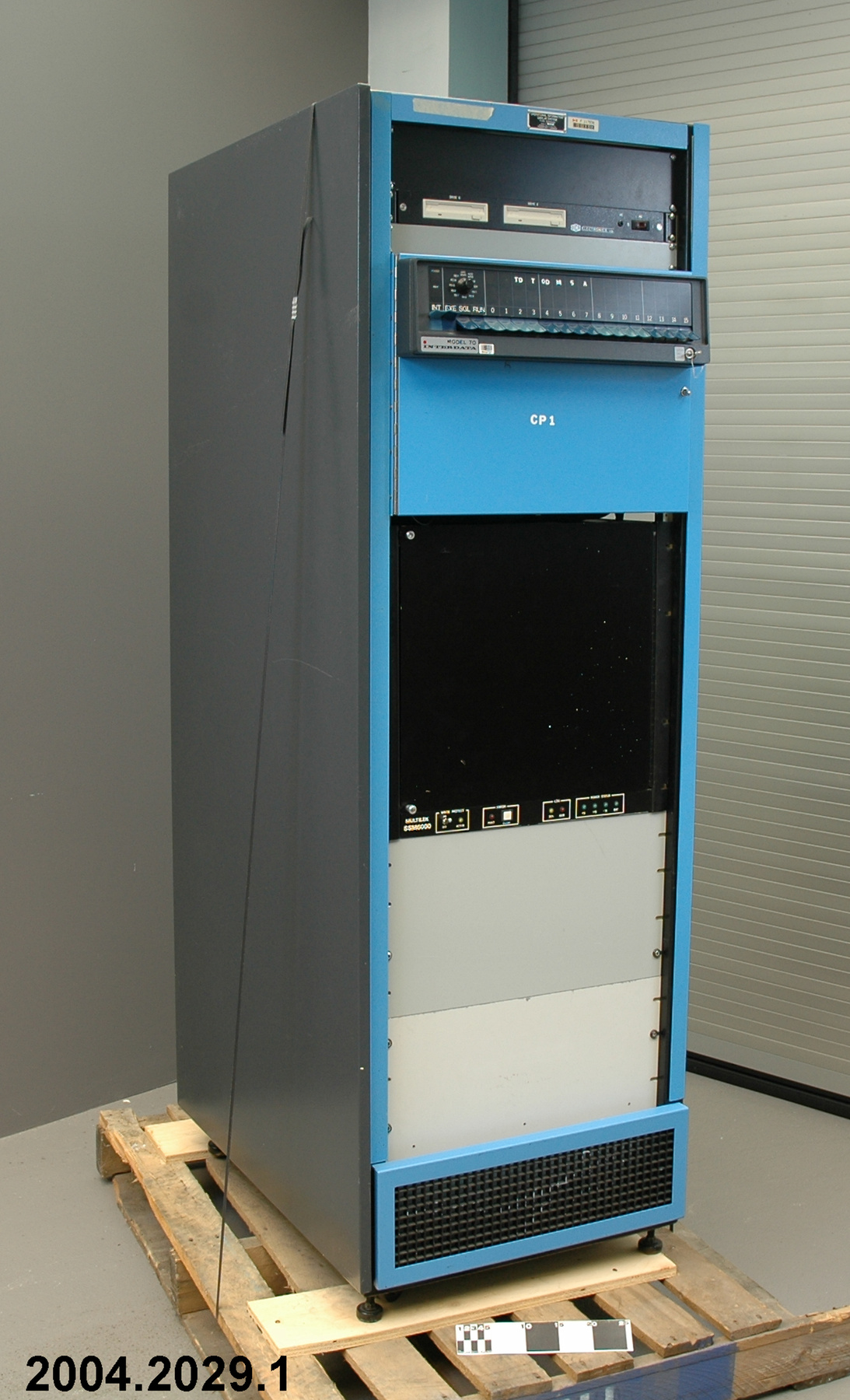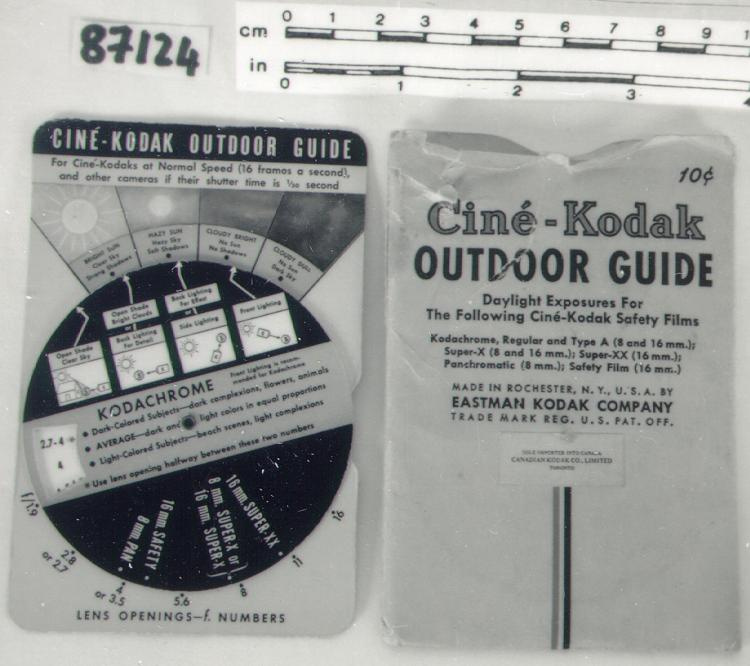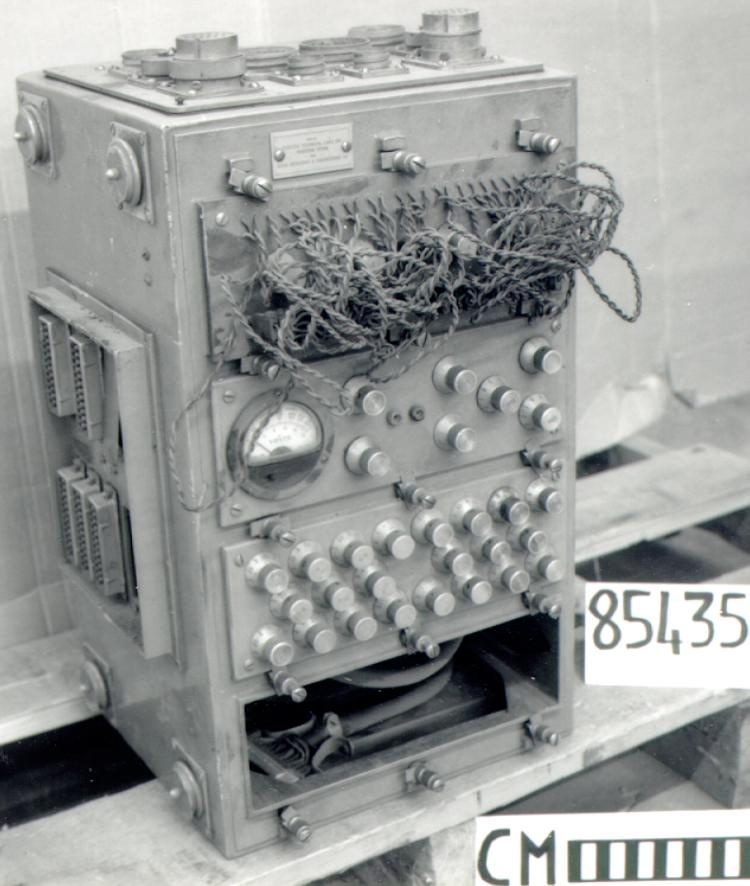Control console
Use this image
Can I reuse this image without permission? Yes
Object images on the Ingenium Collection’s portal have the following Creative Commons license:
Copyright Ingenium / CC BY-NC-ND (Attribution-NonCommercial 4.0 International (CC BY-NC 4.0)
ATTRIBUTE THIS IMAGE
Ingenium,
2011.0298.001
Permalink:
Ingenium is releasing this image under the Creative Commons licensing framework, and encourages downloading and reuse for non-commercial purposes. Please acknowledge Ingenium and cite the artifact number.
DOWNLOAD IMAGEPURCHASE THIS IMAGE
This image is free for non-commercial use.
For commercial use, please consult our Reproduction Fees and contact us to purchase the image.
- OBJECT TYPE
- N/A
- DATE
- 1970–1979
- ARTIFACT NUMBER
- 2011.0298.001
- MANUFACTURER
- National Film Board of Canada
- MODEL
- Micro-Computer Animation Camera Drive
- LOCATION
- Canada
More Information
General Information
- Serial #
- N/A
- Part Number
- 1
- Total Parts
- 1
- AKA
- N/A
- Patents
- N/A
- General Description
- Metal stand and body with synthetic parts.
Dimensions
Note: These reflect the general size for storage and are not necessarily representative of the object's true dimensions.
- Length
- 49.8 cm
- Width
- 41.0 cm
- Height
- 83.0 cm
- Thickness
- N/A
- Weight
- N/A
- Diameter
- N/A
- Volume
- N/A
Lexicon
- Group
- Photography
- Category
- Cine camera accessories
- Sub-Category
- N/A
Manufacturer
- AKA
- NFB
- Country
- Canada
- State/Province
- Unknown
- City
- Unknown
Context
- Country
- Canada
- State/Province
- Quebec
- Period
- ca. 1970s
- Canada
-
For decades after its founding in 1941 the National Film Board was Canada’s largest centre for the production of films, the training of filmmakers, and the development of new film technology. Unlike the CBC, much of whose production was broadcast live, recorded on video tape, purchased from other sources, or limited to ephemeral news films, the NFB was dedicated to the production of original films for exhibition largely in the film medium. Due to its freedom from commercial pressures, its large permanent staff and its possession of its own studios and laboratories, the NFB was able to maintain high technical standards and encourage technical and stylistic innovation by its staff. From the early 1950s through the early 1960s, the National Film Board enjoyed a "golden age" with a string of award-winning documentaries and innovative animated films. Expo 67 and the NFB's showcase Labyrinth pavilion marked the apogee of the institution's political and financial fortunes. By the end of the 1960s, however, there was growing public and political disenchantment with the NFB over unsuccessful forays into feature films, a number of controversial documentaries and a decline in its output of educational and sponsored factual films. Over the next two decades, the federal government promoted the development of a commercial film industry by taking away the NFB's lucrative sponsored work (done for government departments) and providing grants and tax incentives for privately produced feature films. Henceforth the Board would increasingly limit itself to research and experimentation, the training of young filmmakers, and provision of technical and distribution services for independent producers. Board staff produced a steady supply of award-winning documentaries, dramas and animated films through the 1970s and 1980s, yet its role within the Canadian film landscape was steadily diminishing. In the last two decades, it has sharpened its focus on “social issue documentaries, auteur animation and alternative dramas” and has brought its distribution system into the digital age. Increasingly, its films are realized through a diverse range of community-based projects, programs for emerging filmmakers, and joint productions with independent producers and directors. - Function
-
Used in conjunction with a computer to control various functions of a filming system for animation. - Technical
-
This is the control console, built by the NFB Technical Research Division, for a computer-controlled animation table, or stand. The NFB took an early initiative in the automation of animation stand movements. In conventional animation each individual exposure could require incremental camera or table movements of a just a few thousandths of an inch. The need to improve quality standards and reduce rough camera movement led to the first use of numerical tables and of counters on controls in order to plan and execute precise movements. Brian Salt, an early advocate of the use of mathematics (and by extension computers) in animation, was brought from England to do the computations for the NFB production The Age of the Beaver (1952). Among other things, Salt said math could be used to: calculate table and camera settings for each frame to achieve smooth acceleration and deceleration; determine correct frame-by-frame exposures on fades and dissolves; render axial shifts to simulate panning and tilting of the camera or movement of the eyes as they track moving objects. Salt's complete published tables (1975) formed the basis for the NFB's computer animation software. In 1965 the NFB hired Kar Liang, an engineer who had done computer research at Bell-Northern Research in Ottawa. In 1968, Liang and other technical staff modified an animation stand for direct computer control. This system eliminated all hand operations and manual calculations, reduced operator fatigue and error, cut labour requirements by 65 per cent, and ensured precise repeatability of all movements. Using software written by NFB staff John Pley and Jacques Richard, the computer calculated the number of incremental movements and number of frames required to accomplish a requested movement. Up to fifteen adjustments could be requested simultaneously. A small general-purpose Digital PDP-8 computer performed calculations and controlled stepping motors on the stand that provided incremental movement. As well, the computer verified stand movements and camera functions before exposure, thus reducing the possibility of error. This, according to the NFB, was the first time an animation stand had been modified in this way. NFB staff presented a paper to the Society of Motion Picture and Television Engineers (SMPTE) in 1969 and the system was written up by the Society's Progress Committee in the SMPTE Journal, May 1969. The NFB's 1968 system remained in use until 1982, when the NFB acquired a new computer-controlled animation stand from Oxberry. This console resembles the original 1968 NFB computer animation drive shown in photographs but it is not identical. The fact that it is called a “micro-computer” animation drive would suggest a 1970s provenance. - Area Notes
-
Unknown
Details
- Markings
- Console markings read in part: "NATIONAL FILM BOARD/ OF CANADA/ TECHNICAL RESEARCH DIV./ MICRO-COMPUTER ANIMATION CAMERA DRIVE/ CAMERA TENSION/ AUTO FADE-DX/ ZOOM/ SHUTTER STOP/ RACK OVER/ VIEW LIGHT/ HOLD/ CAP/ PROGRAM/ FUNCTION/ TIME/ INTERVAL/ LIMIT/ COMPUTER DISPLAY/ CAMERA DRIVE"
- Missing
- Unknown
- Finish
- A black stand and control console with white markings and keys, silver-coloured switches and fasteners and red synthetic indicator light and number display. Attached to the console are various black and grey cables with yellow synthetic and brass-coloured metal ends.
- Decoration
- N/A
CITE THIS OBJECT
If you choose to share our information about this collection object, please cite:
National Film Board of Canada, Control console, circa 1970–1979, Artifact no. 2011.0298, Ingenium – Canada’s Museums of Science and Innovation, http://collection.ingeniumcanada.org/en/id/2011.0298.001/
FEEDBACK
Submit a question or comment about this artifact.
More Like This
